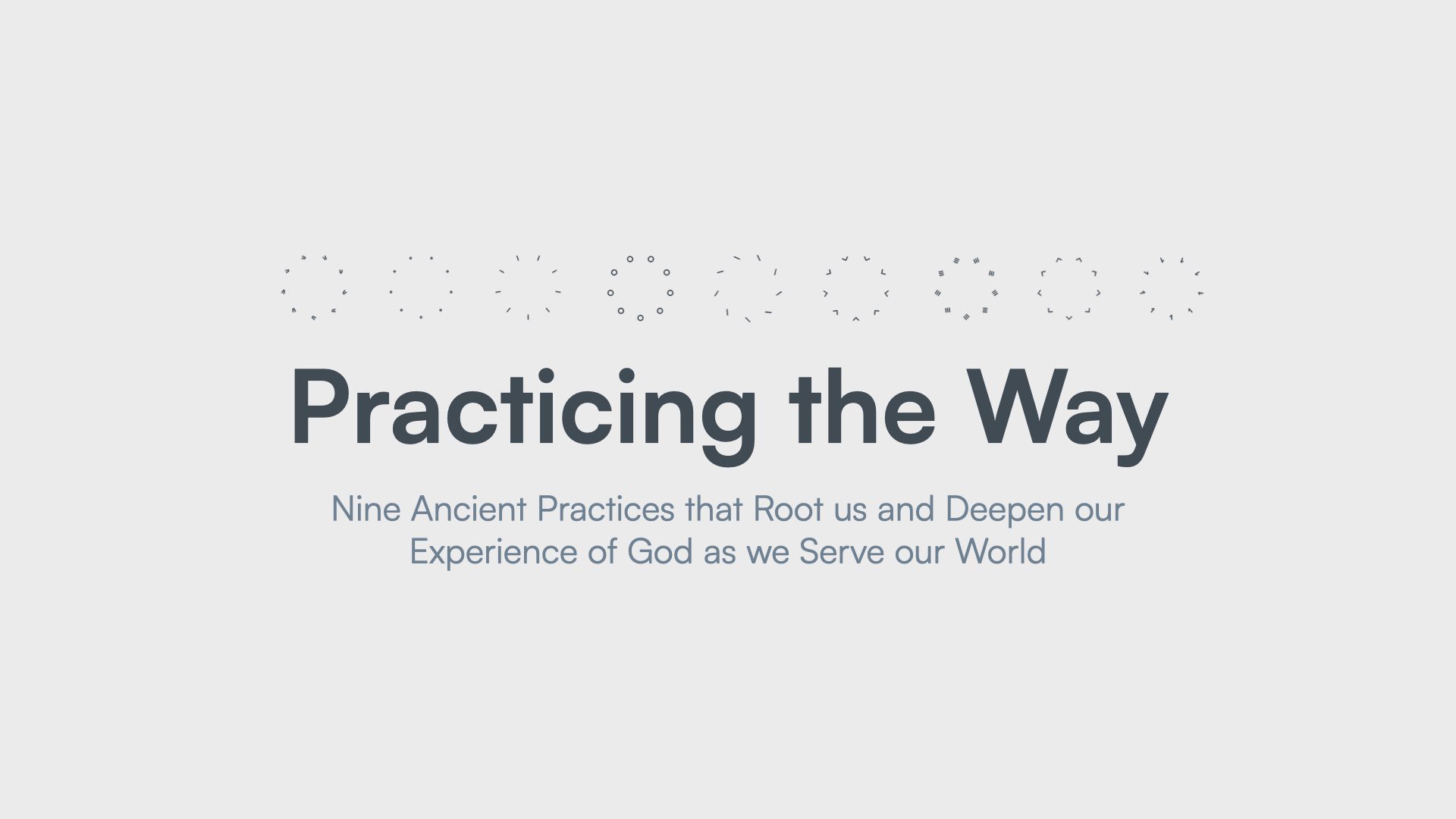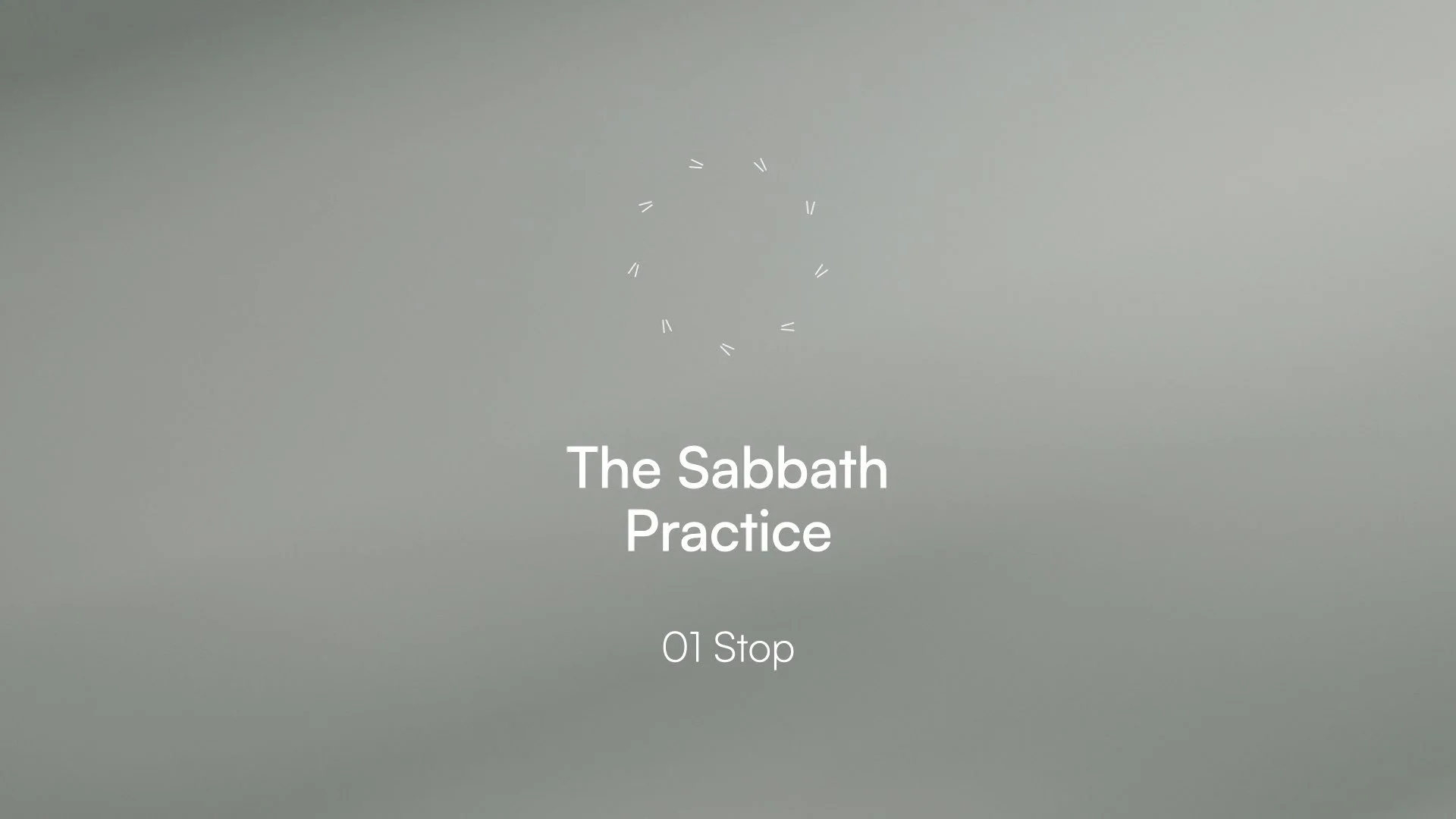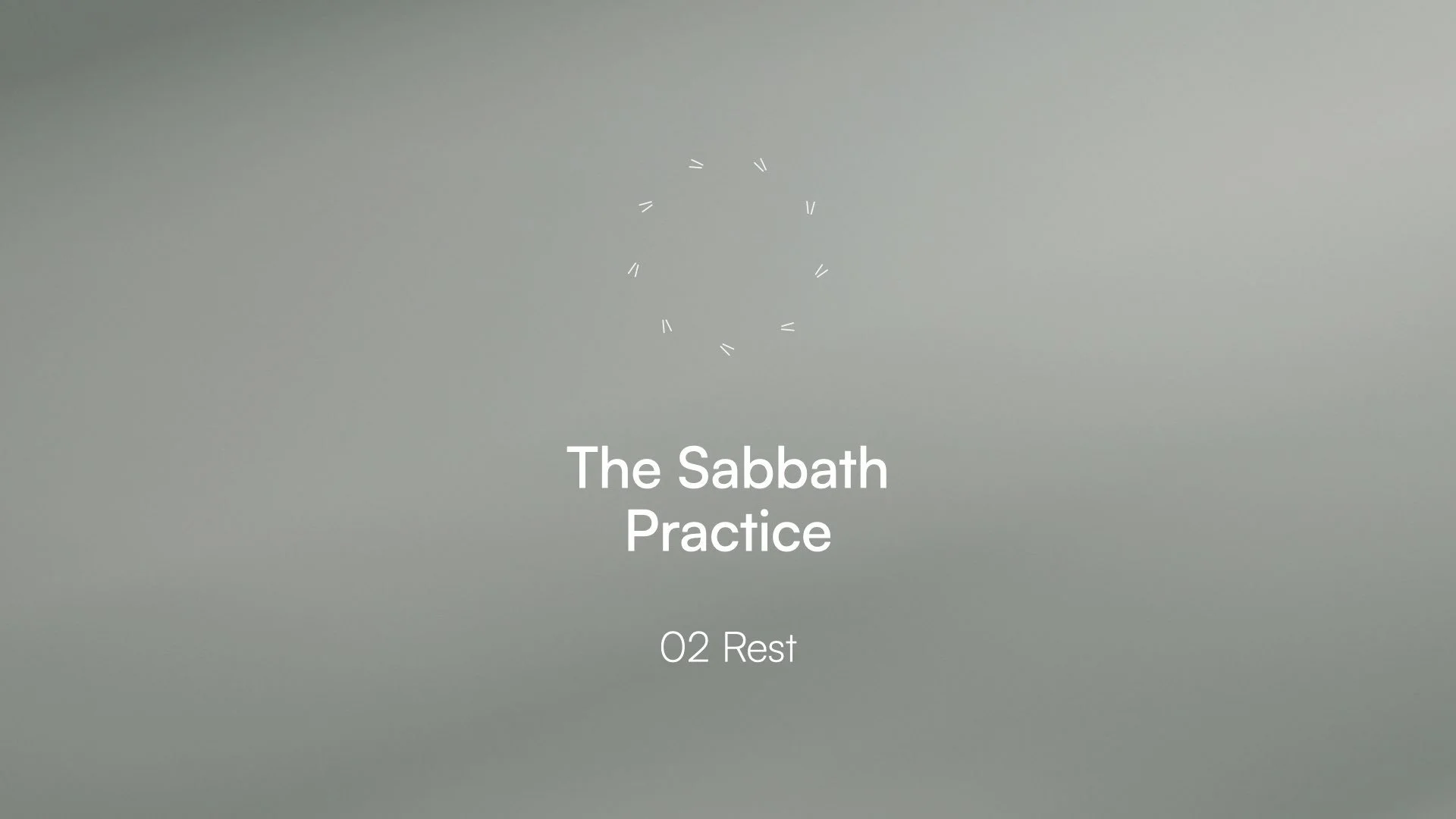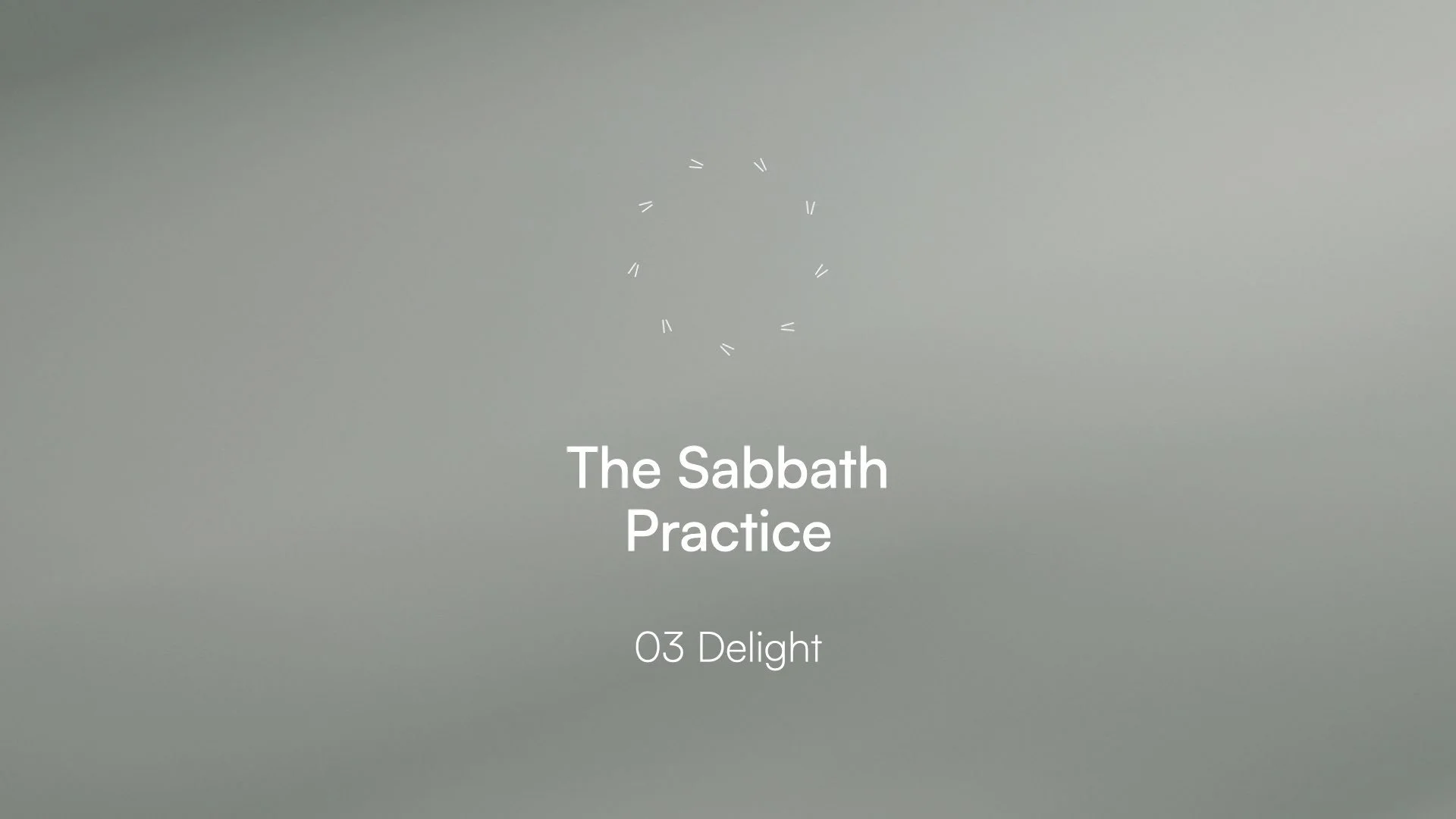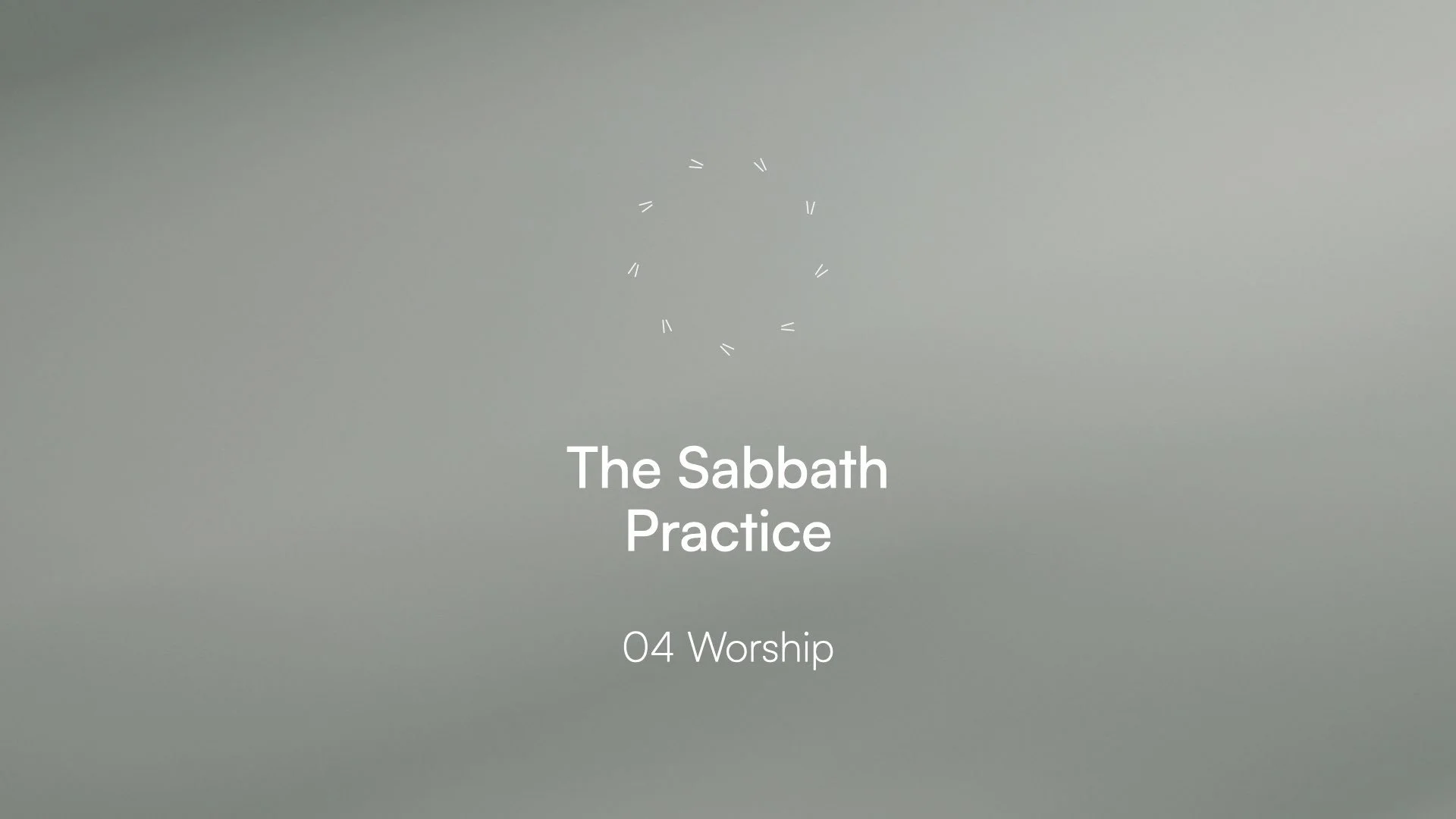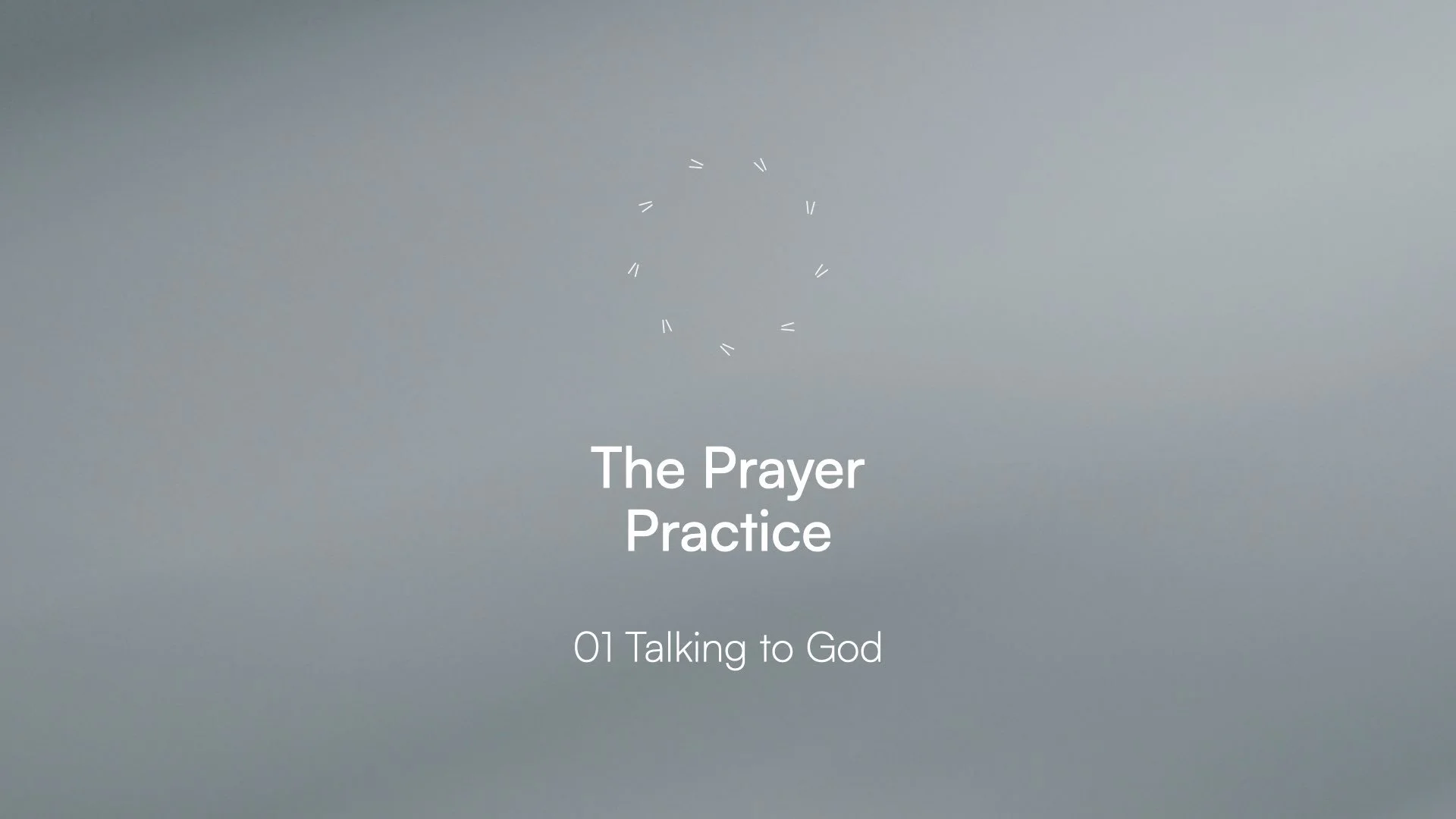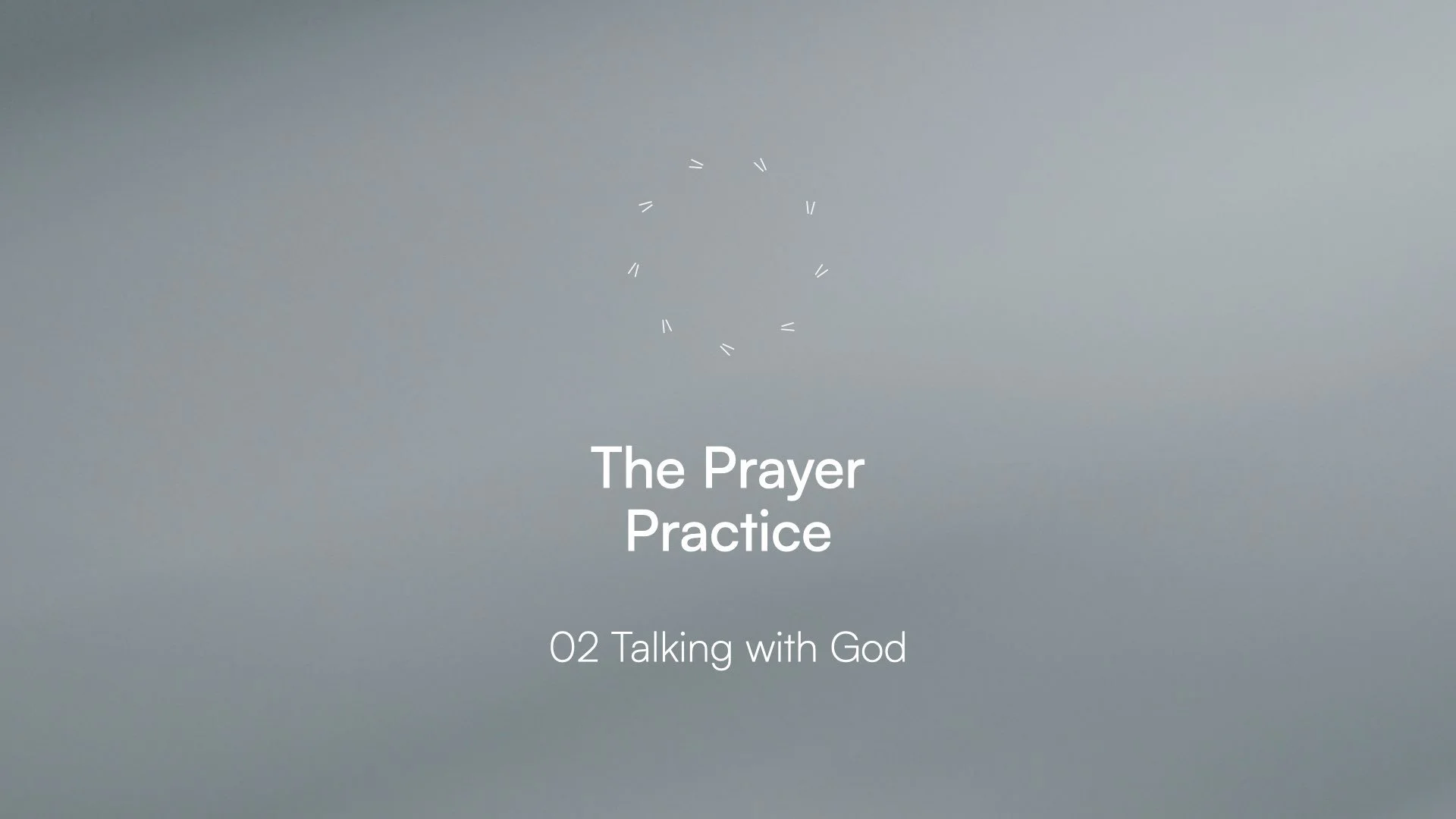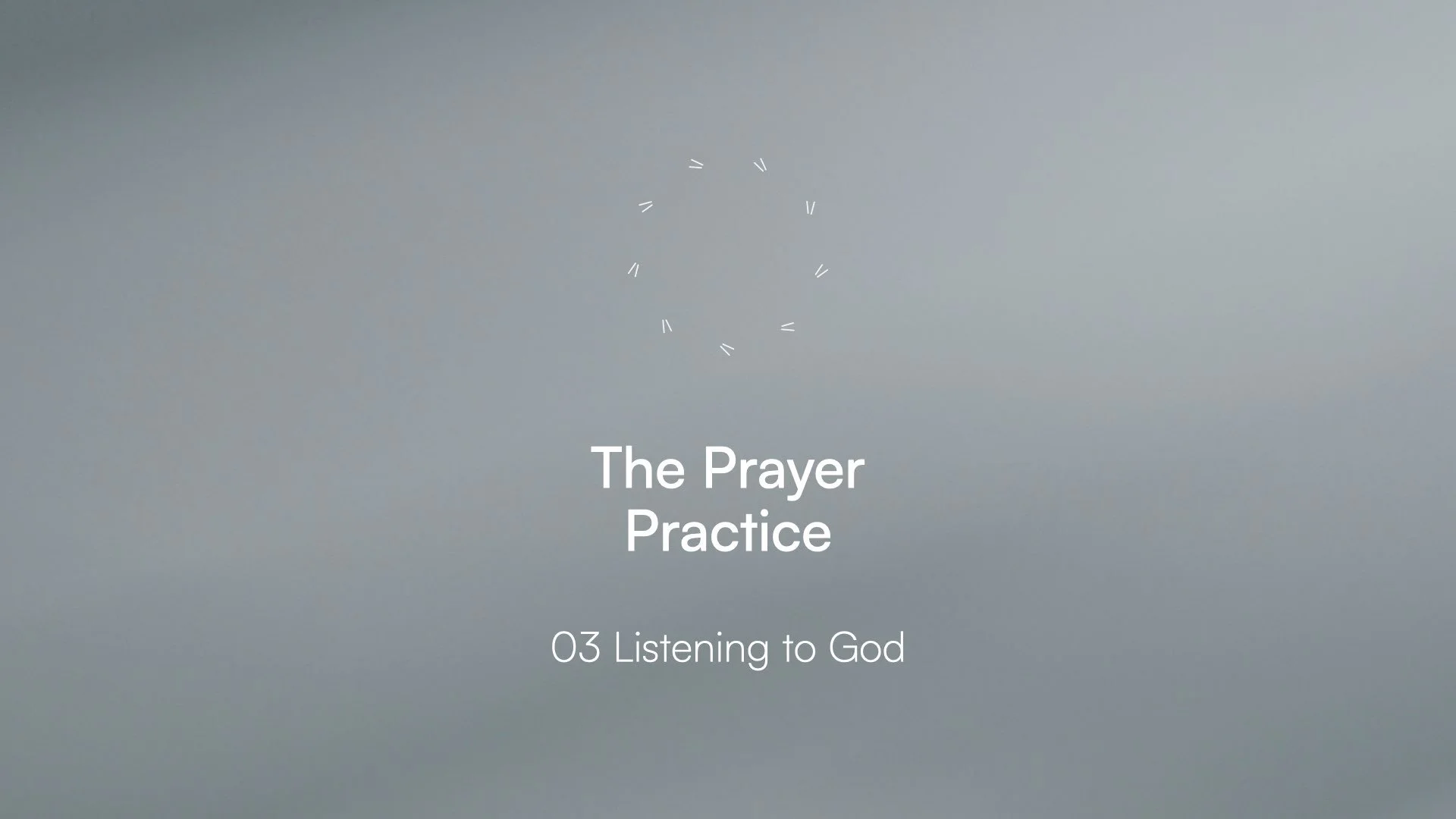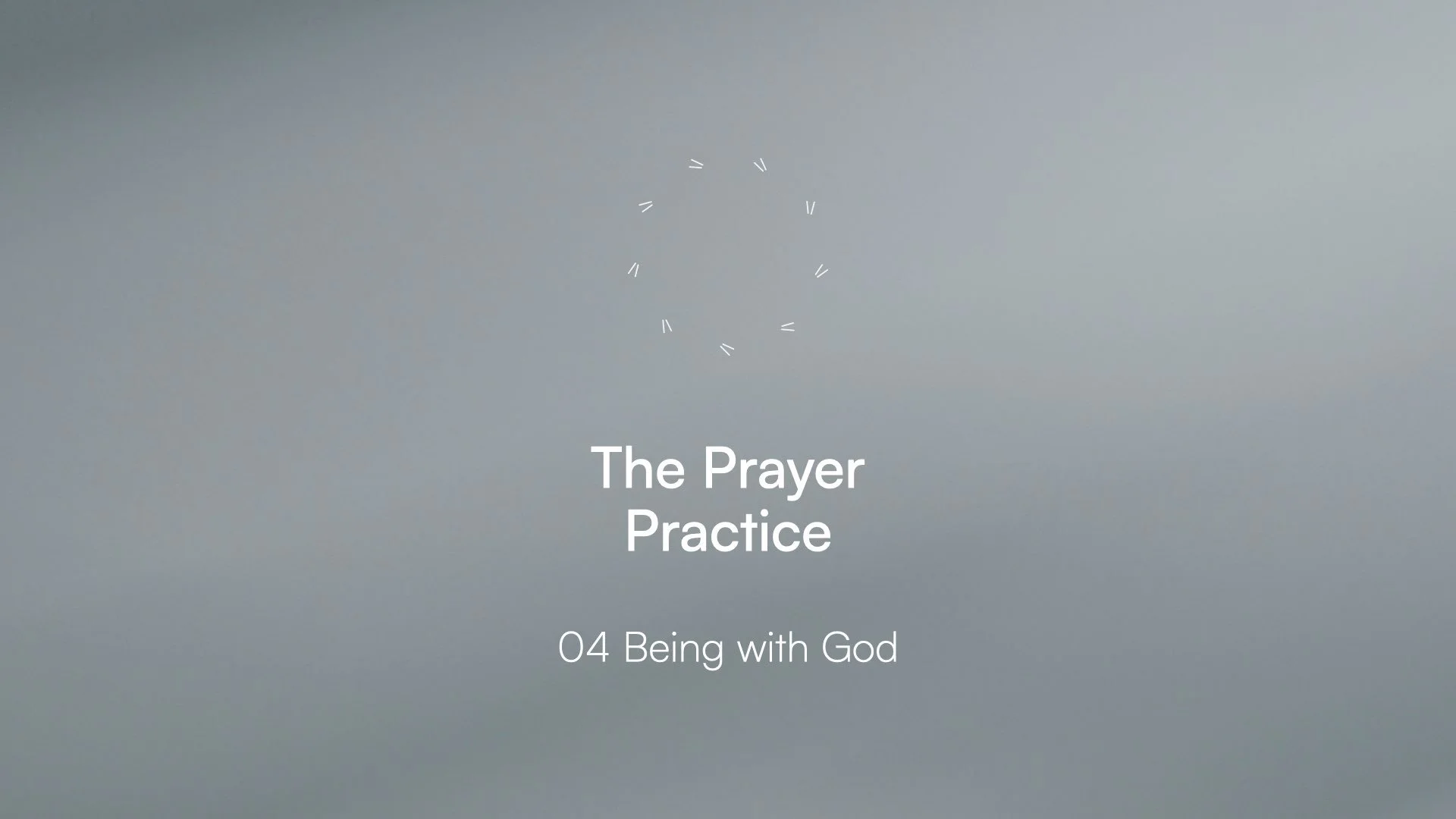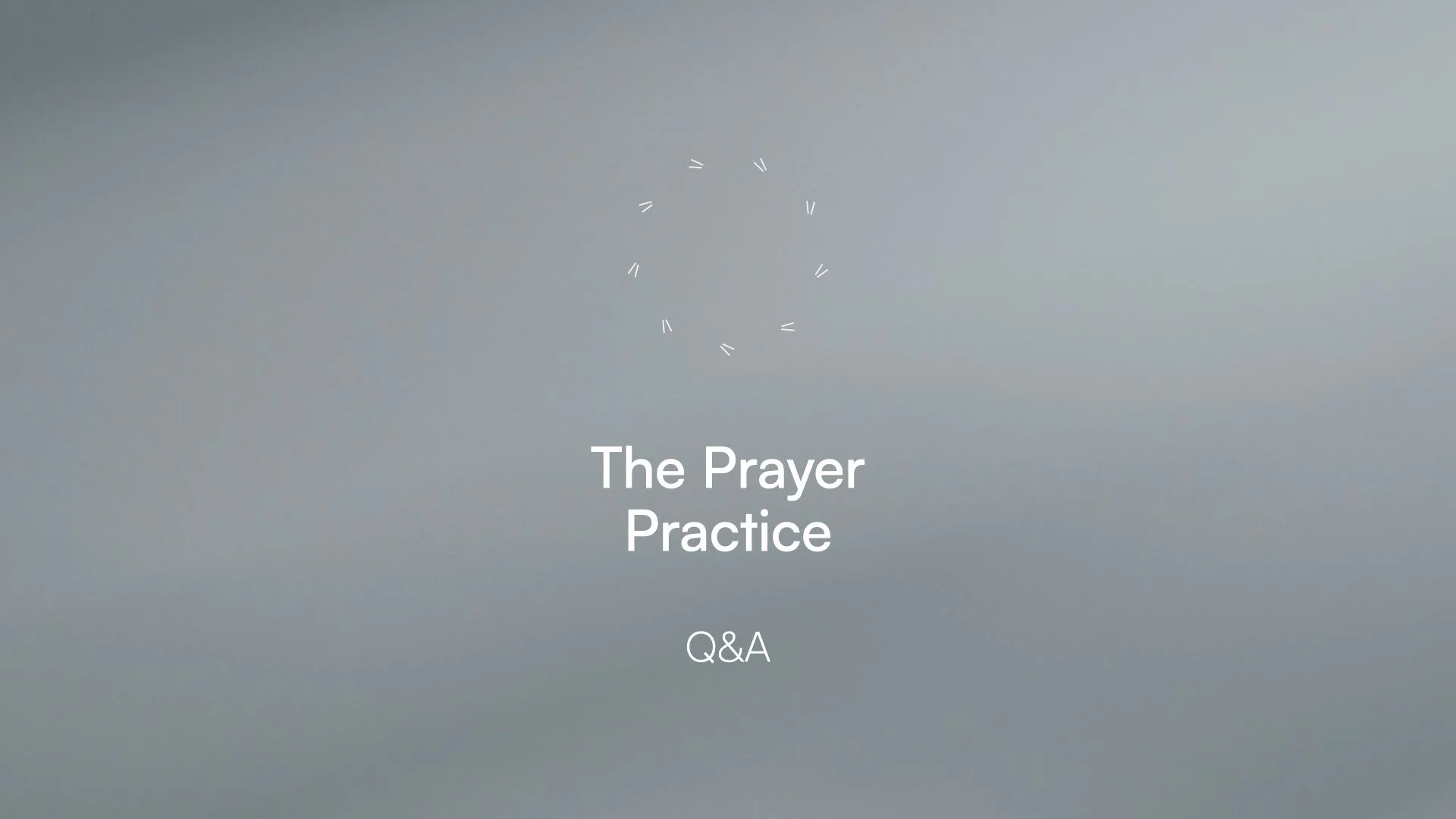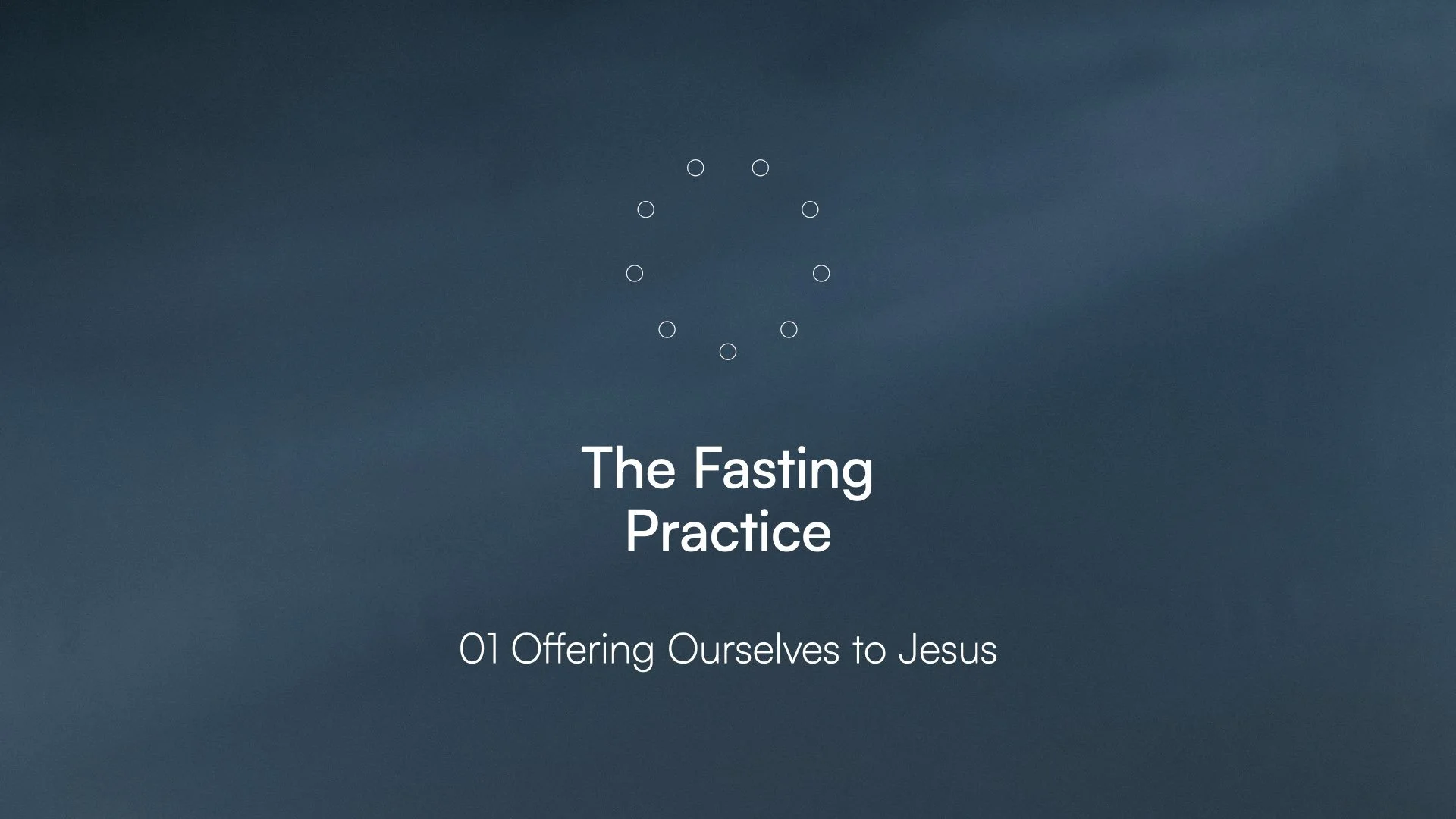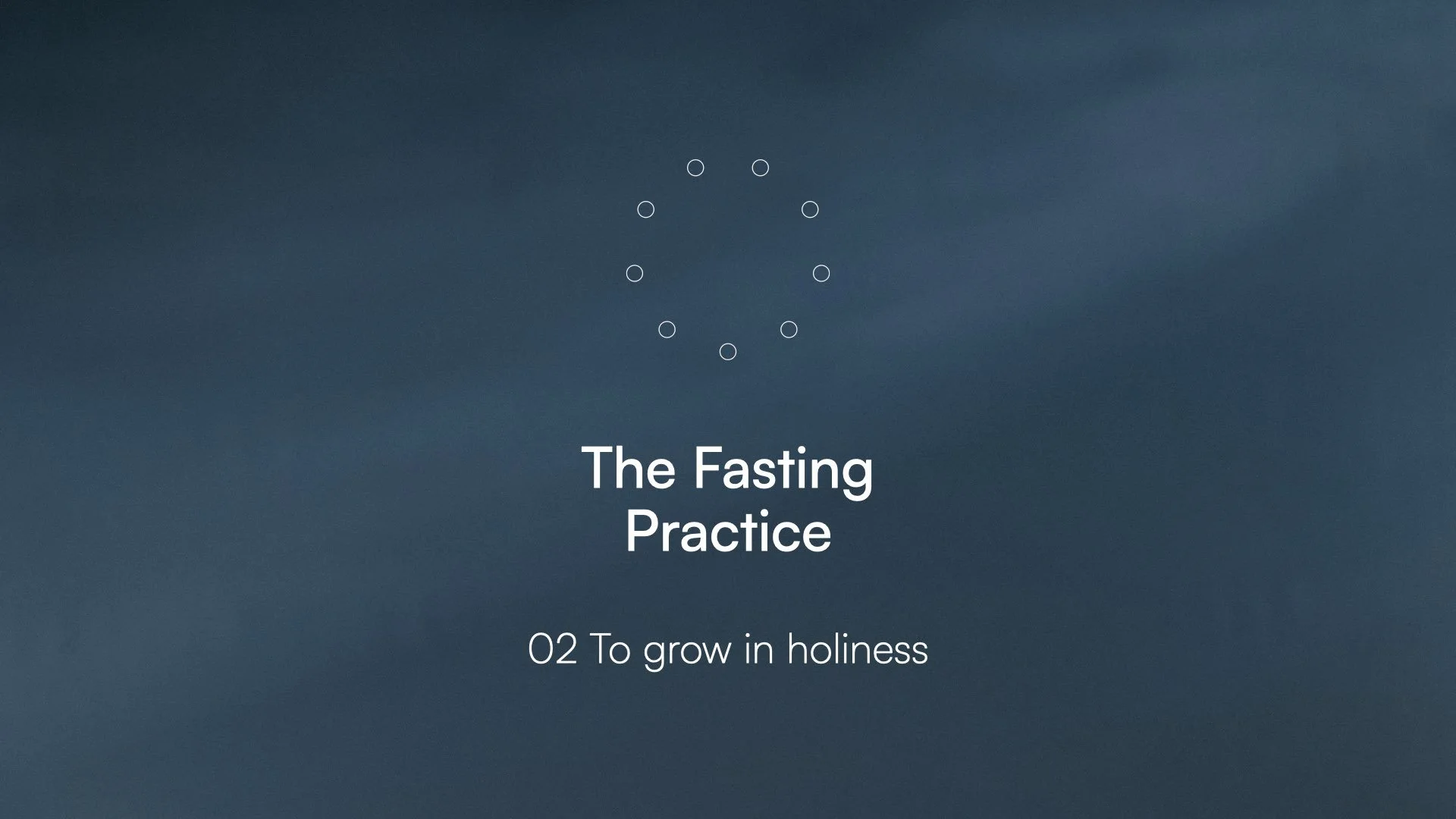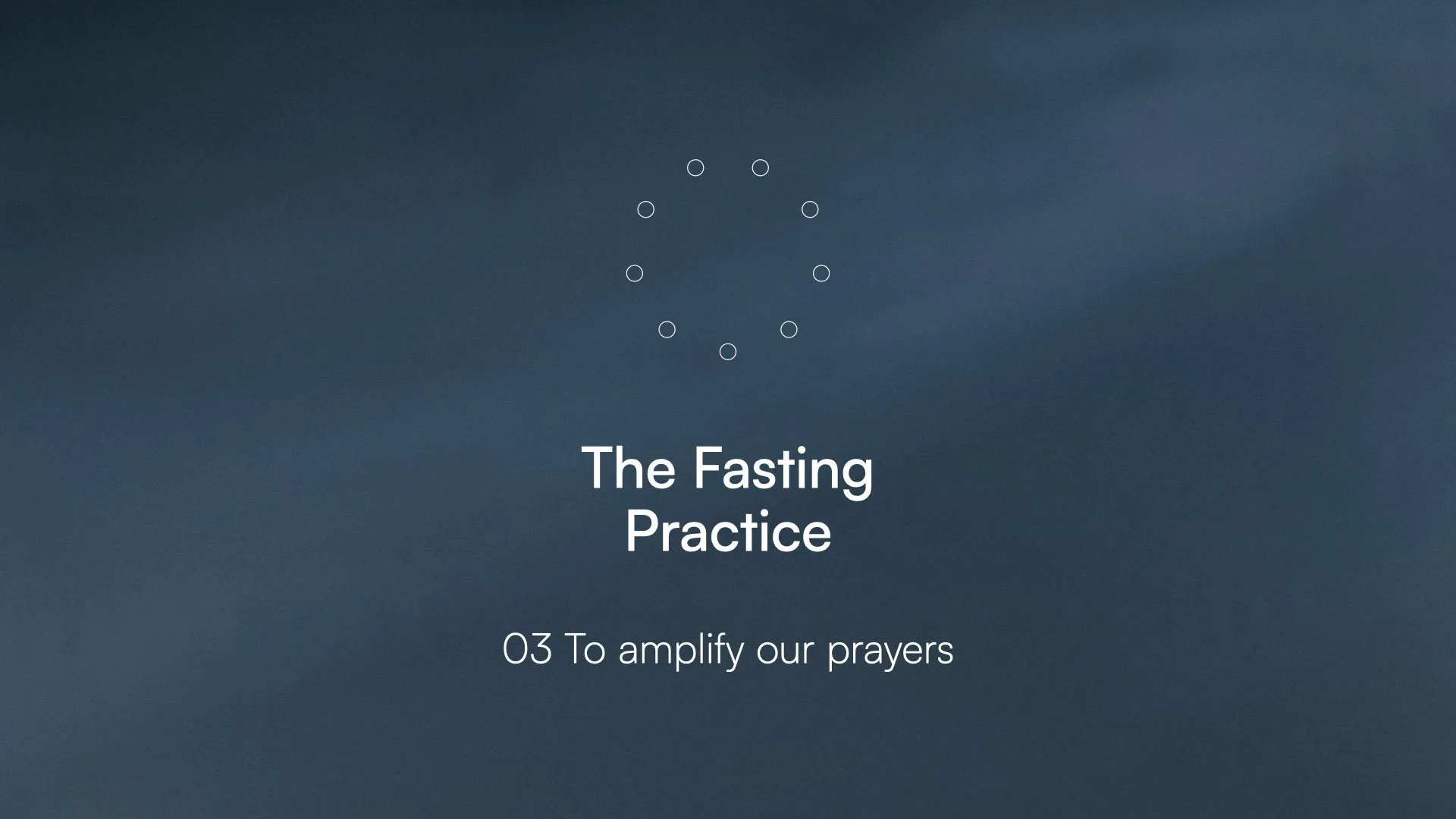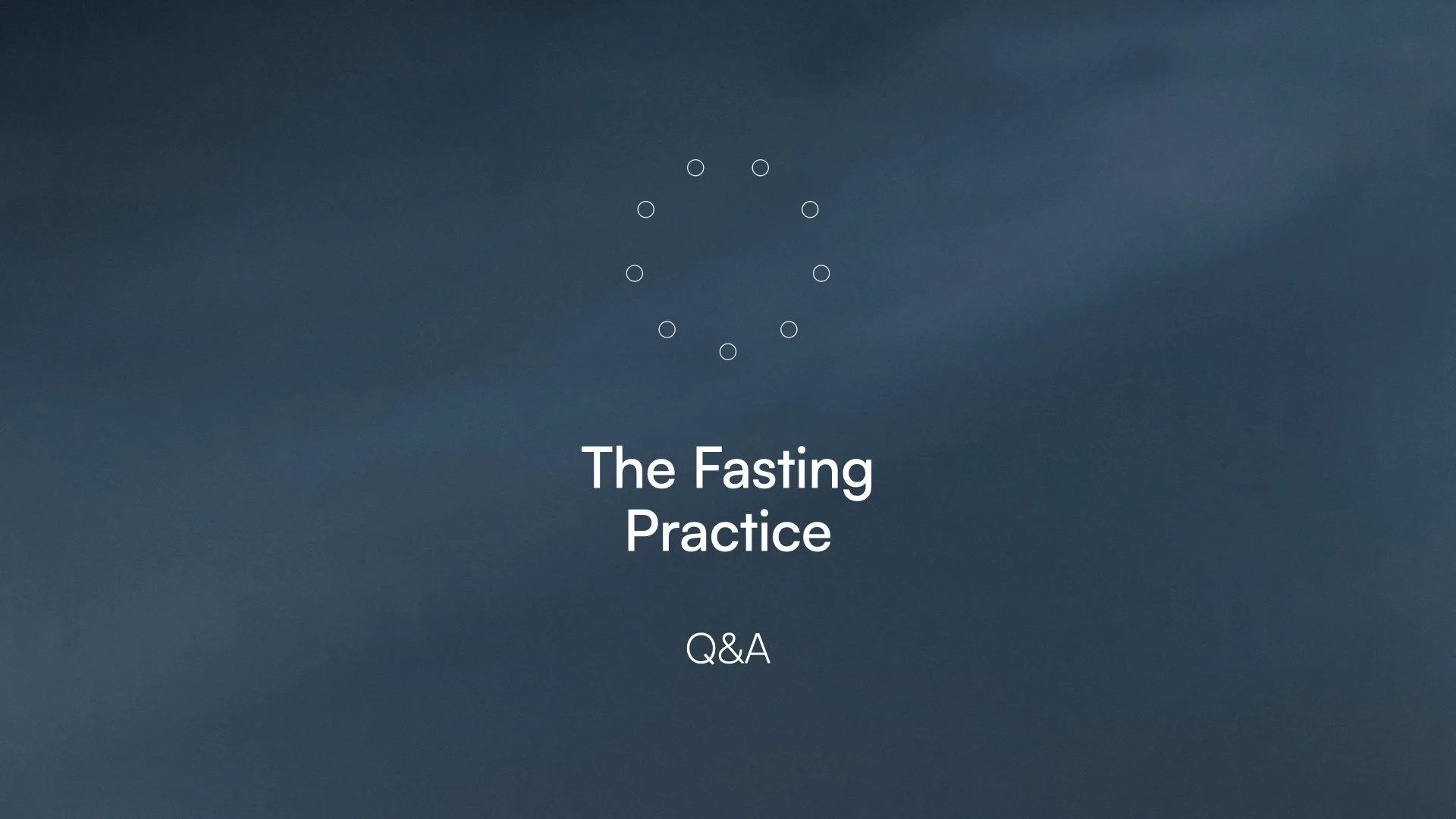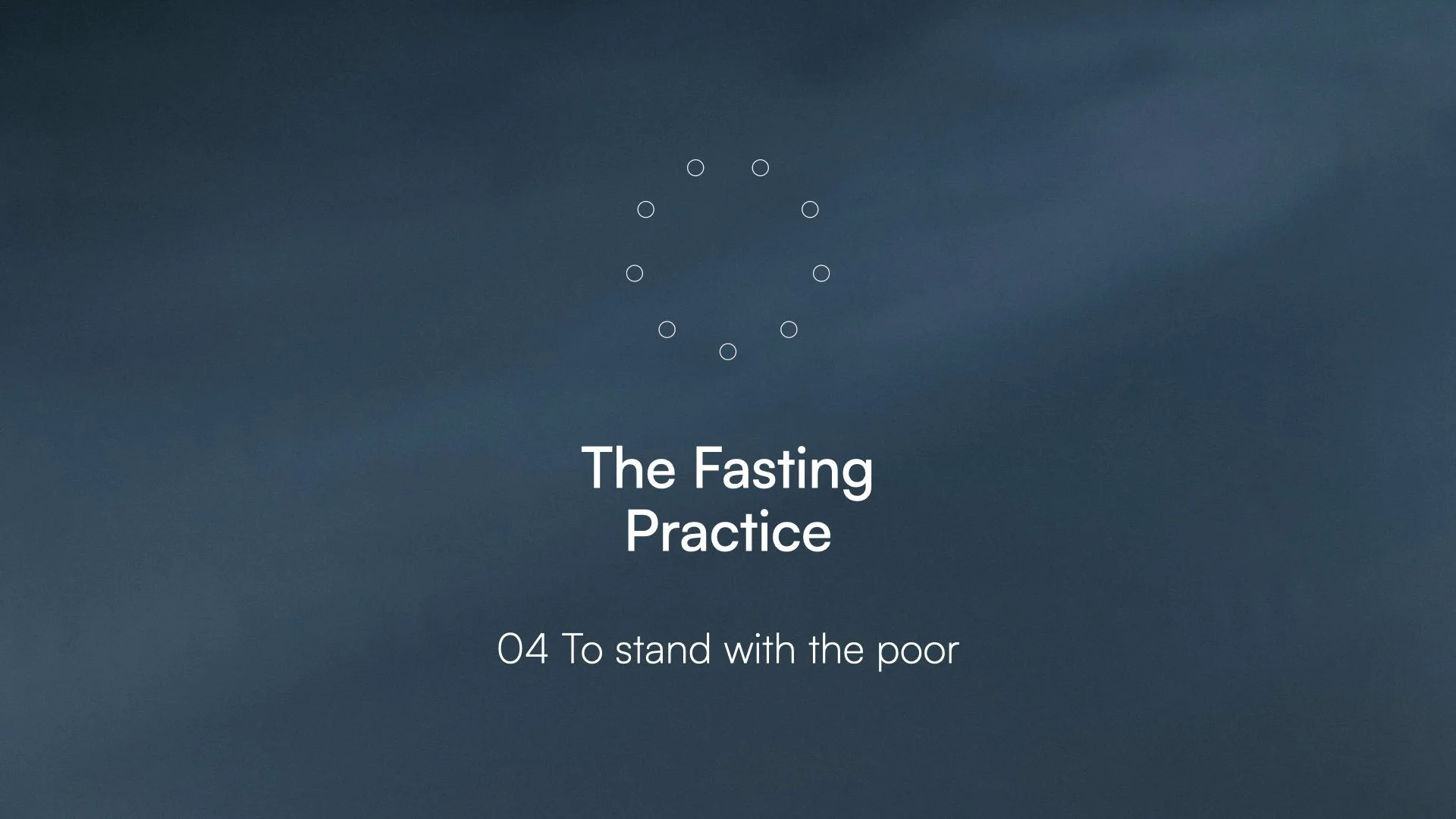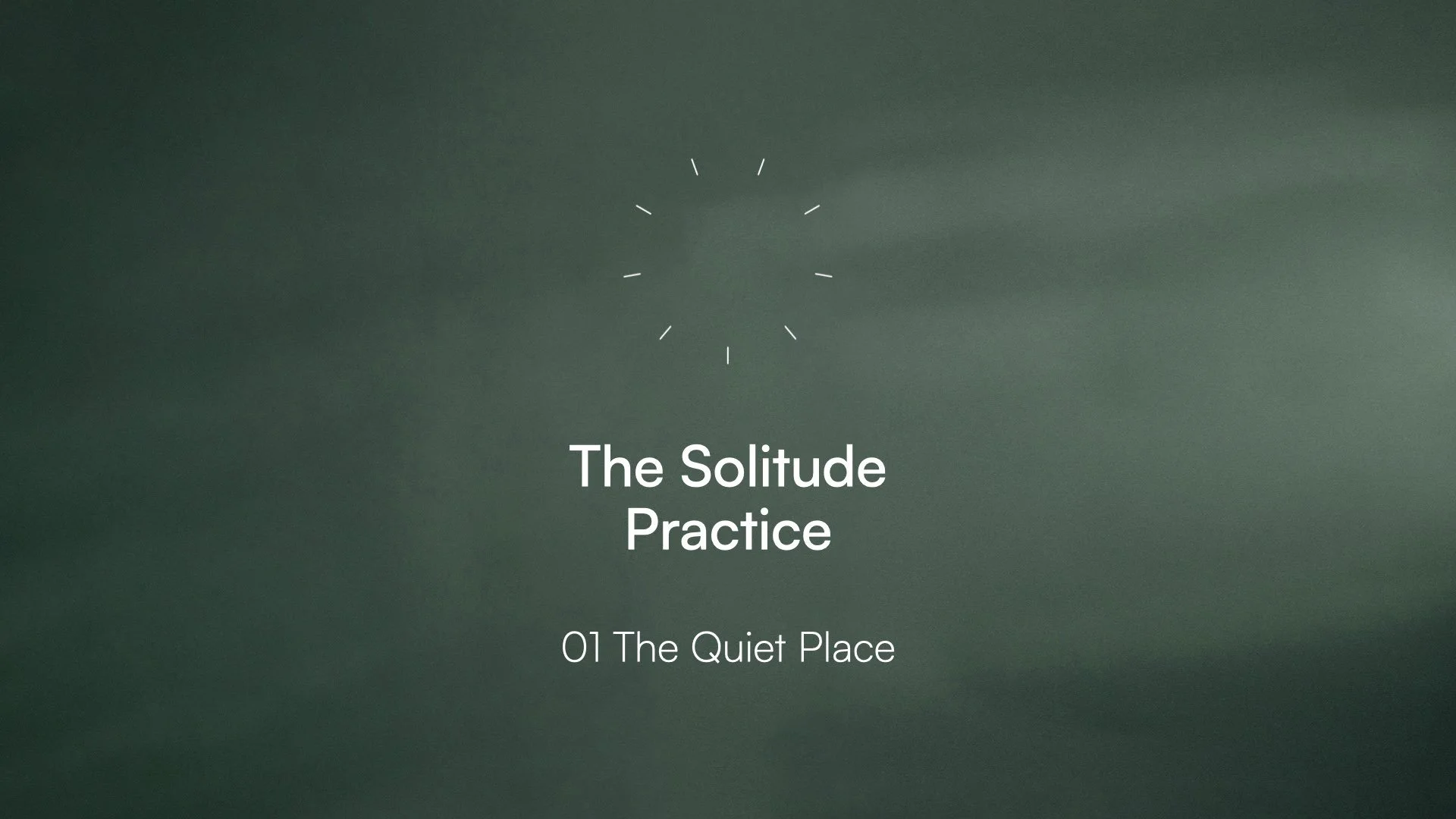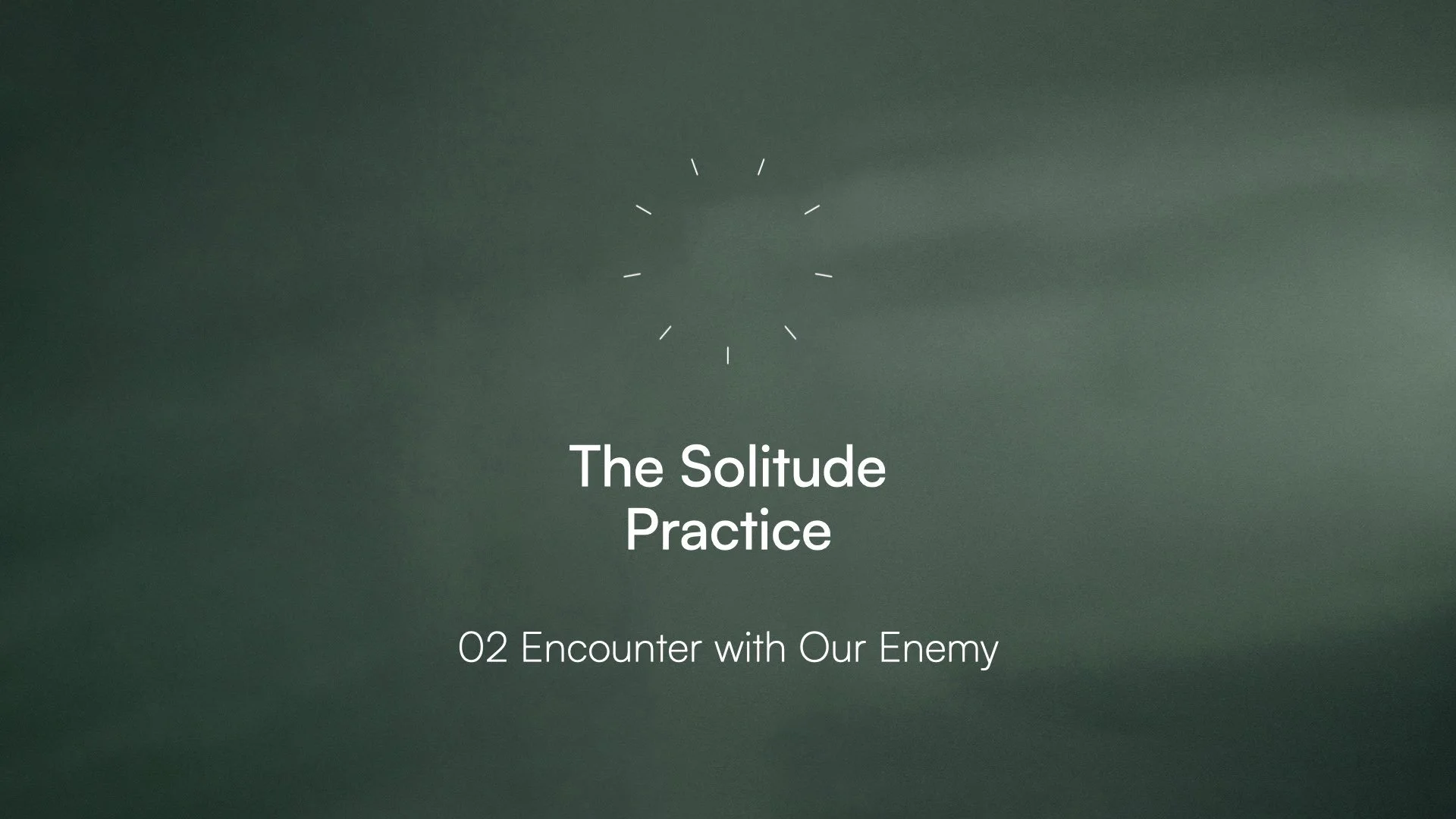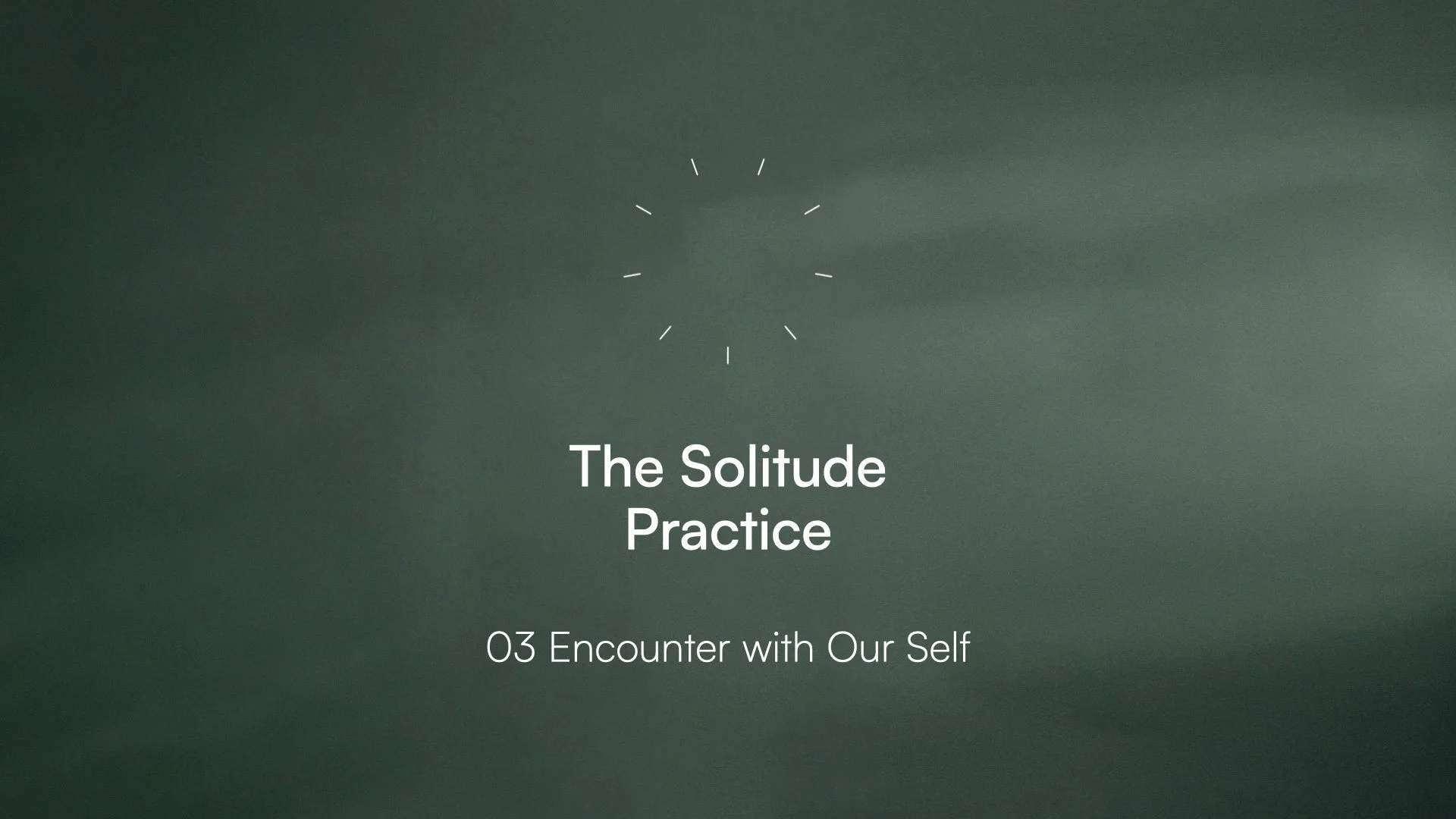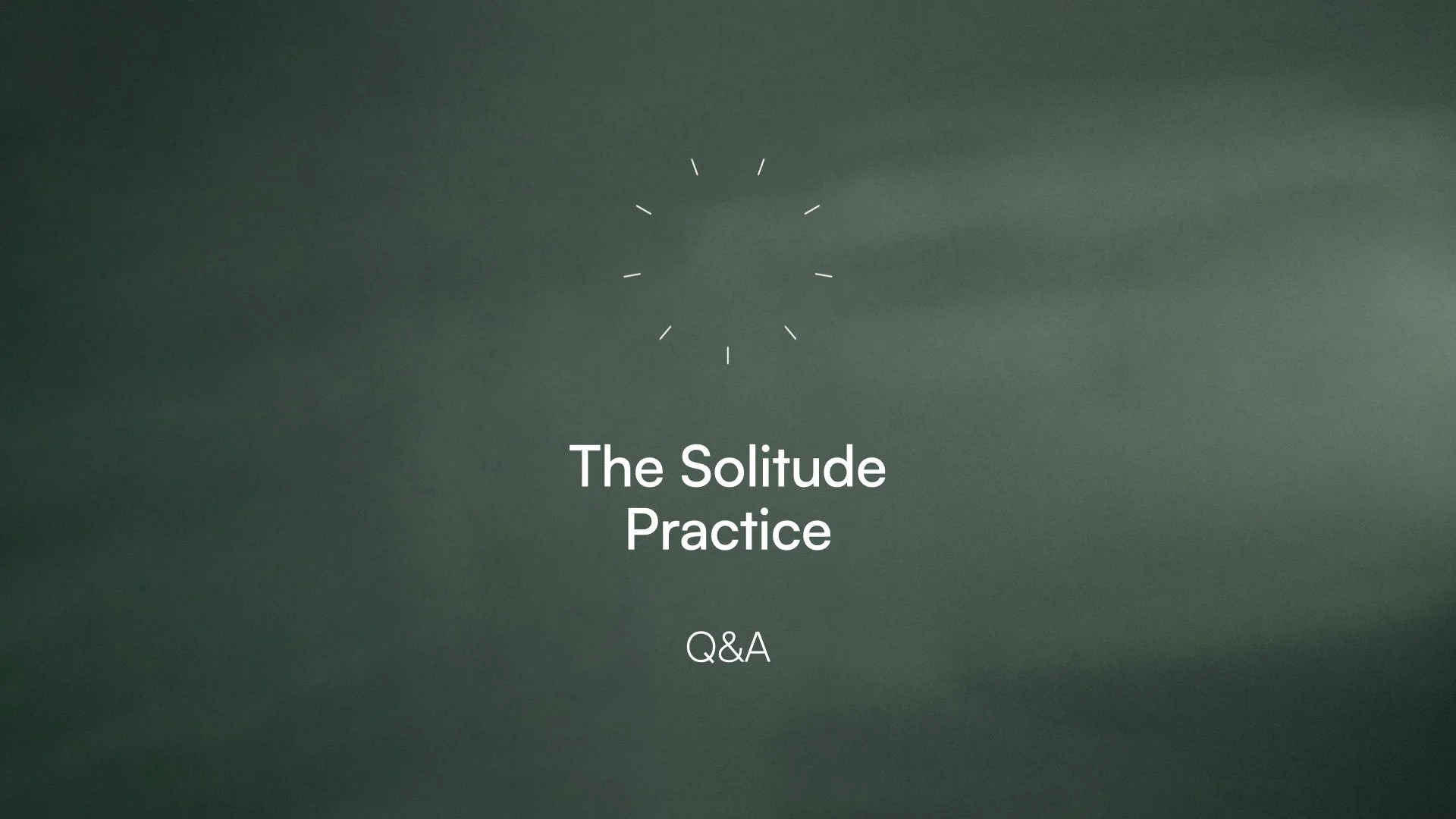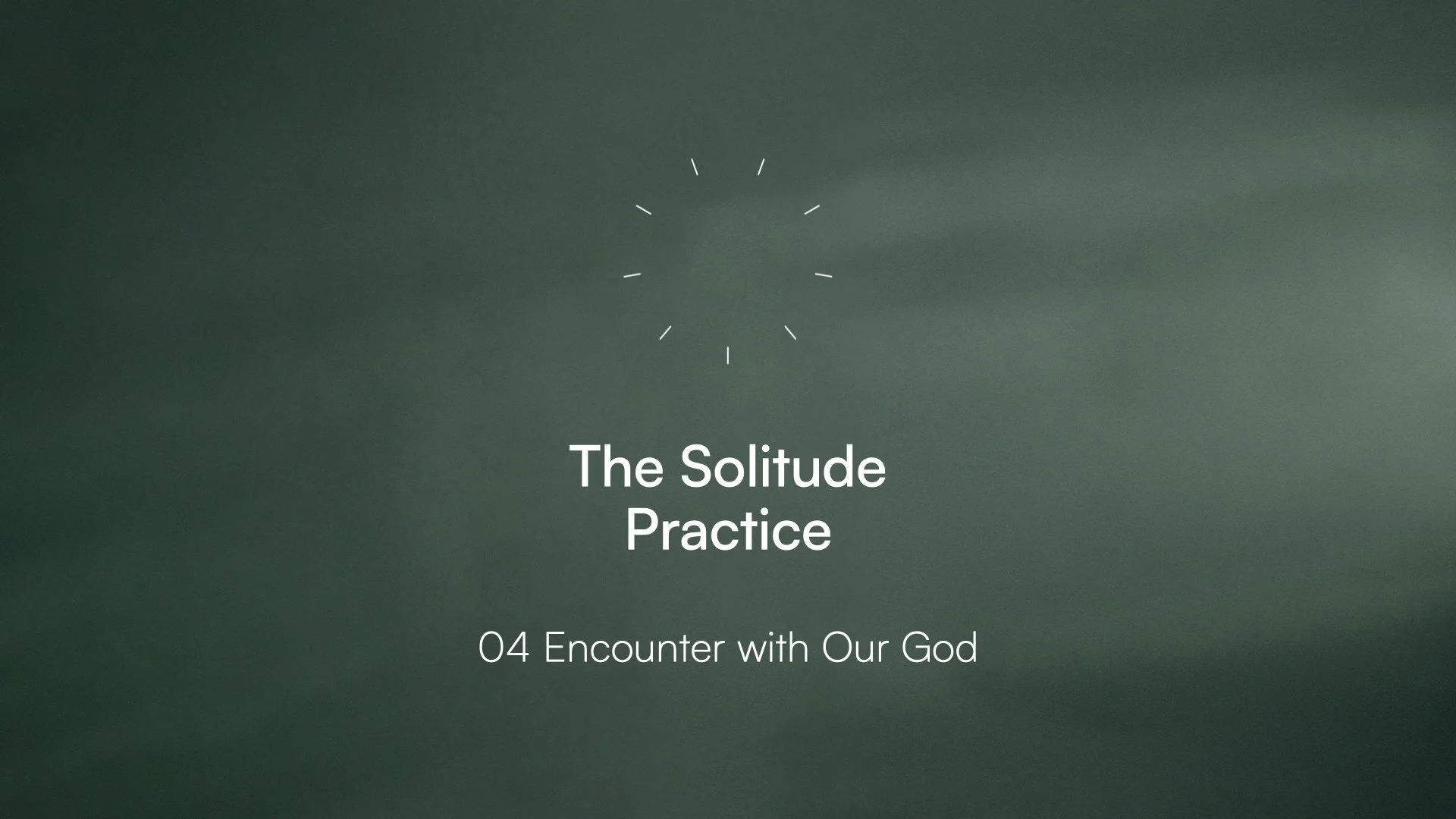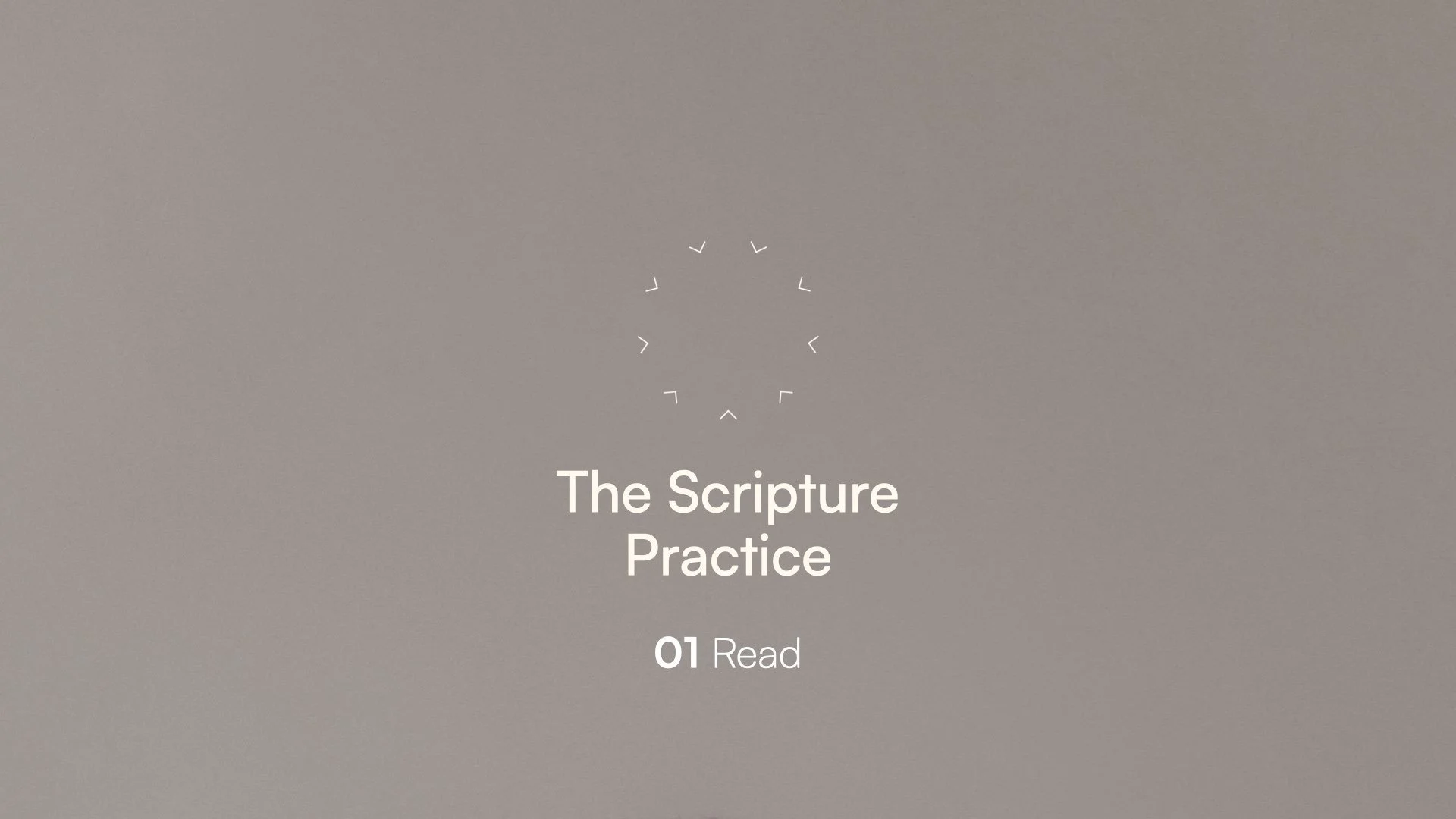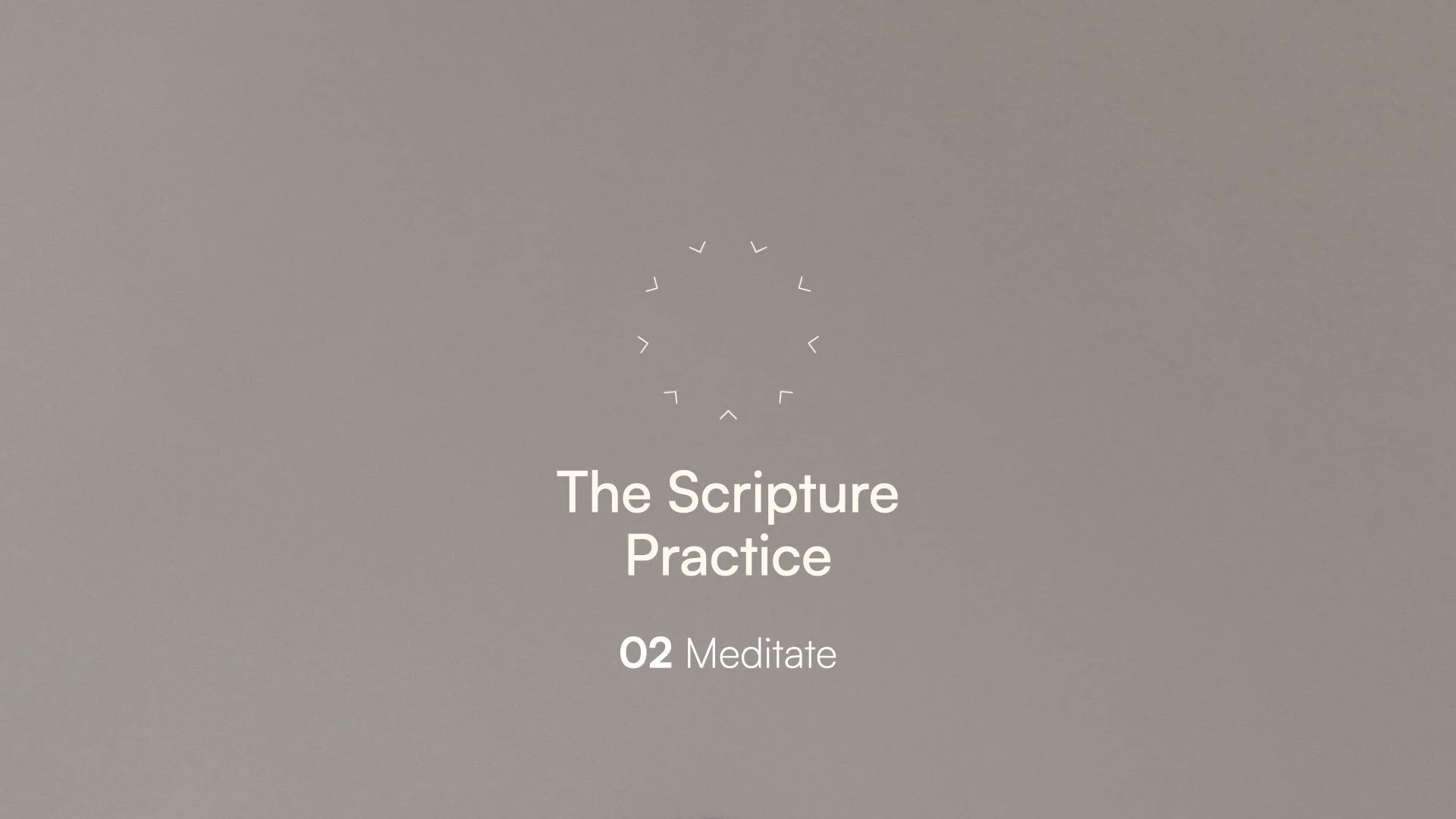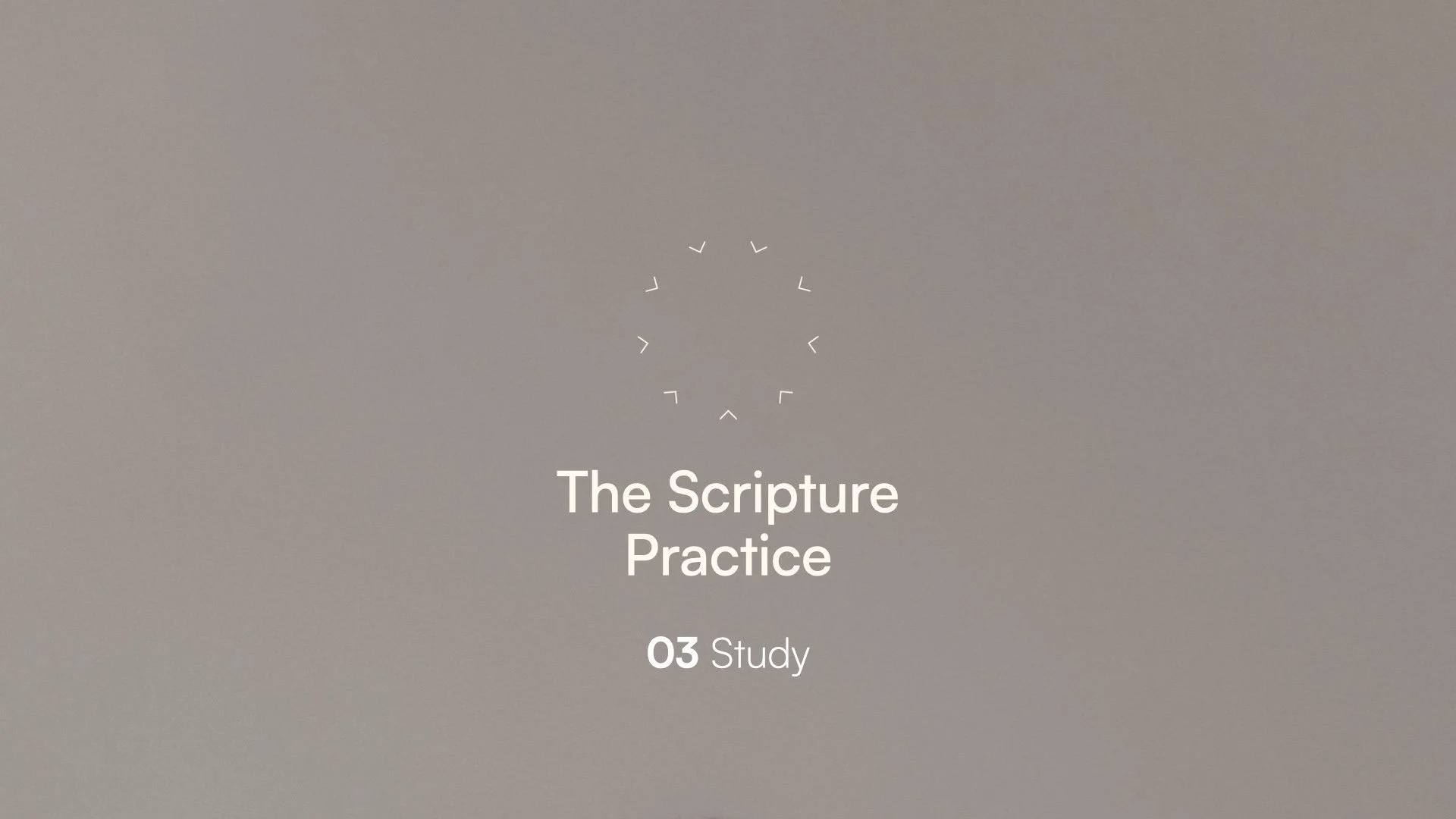

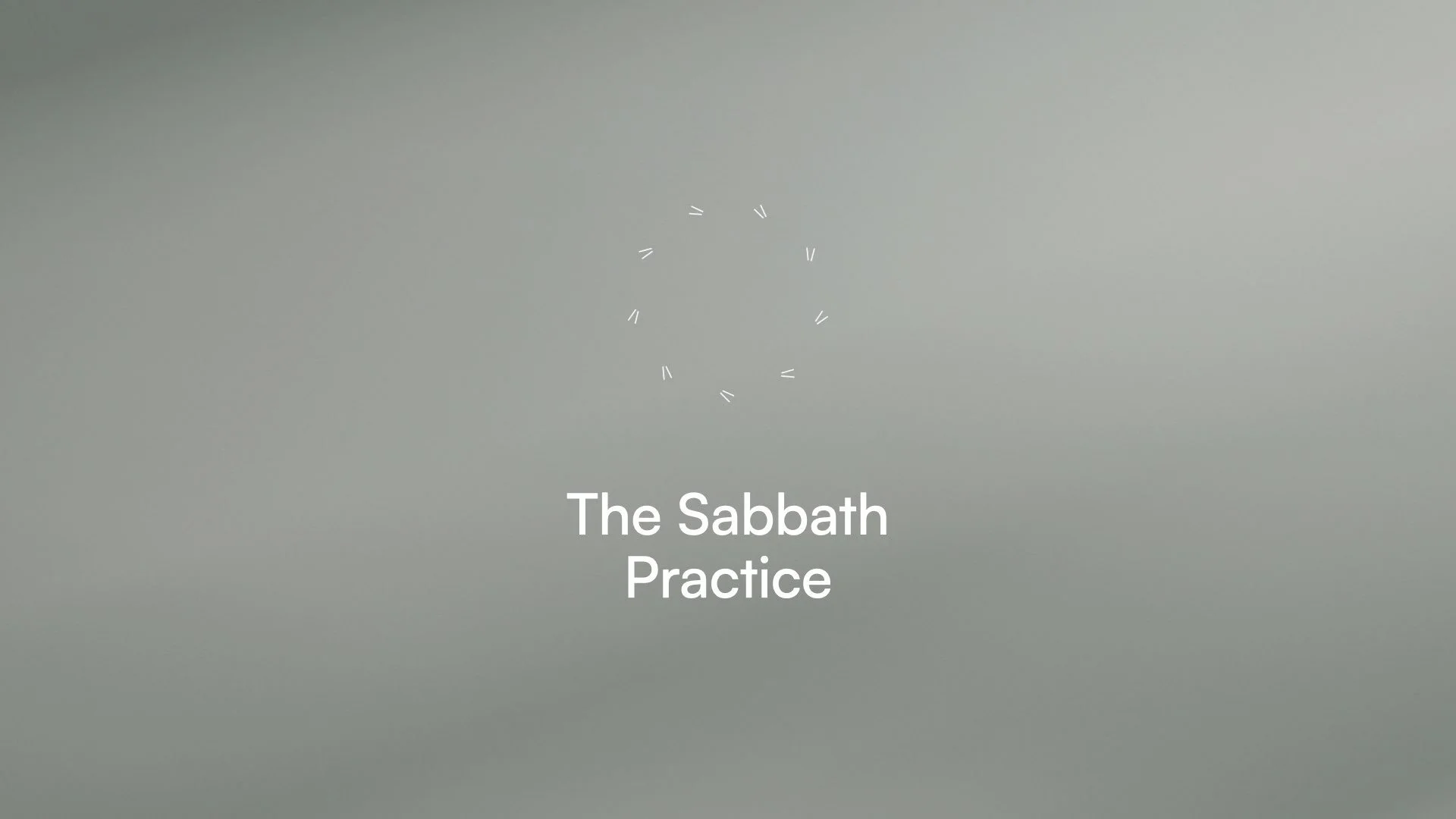
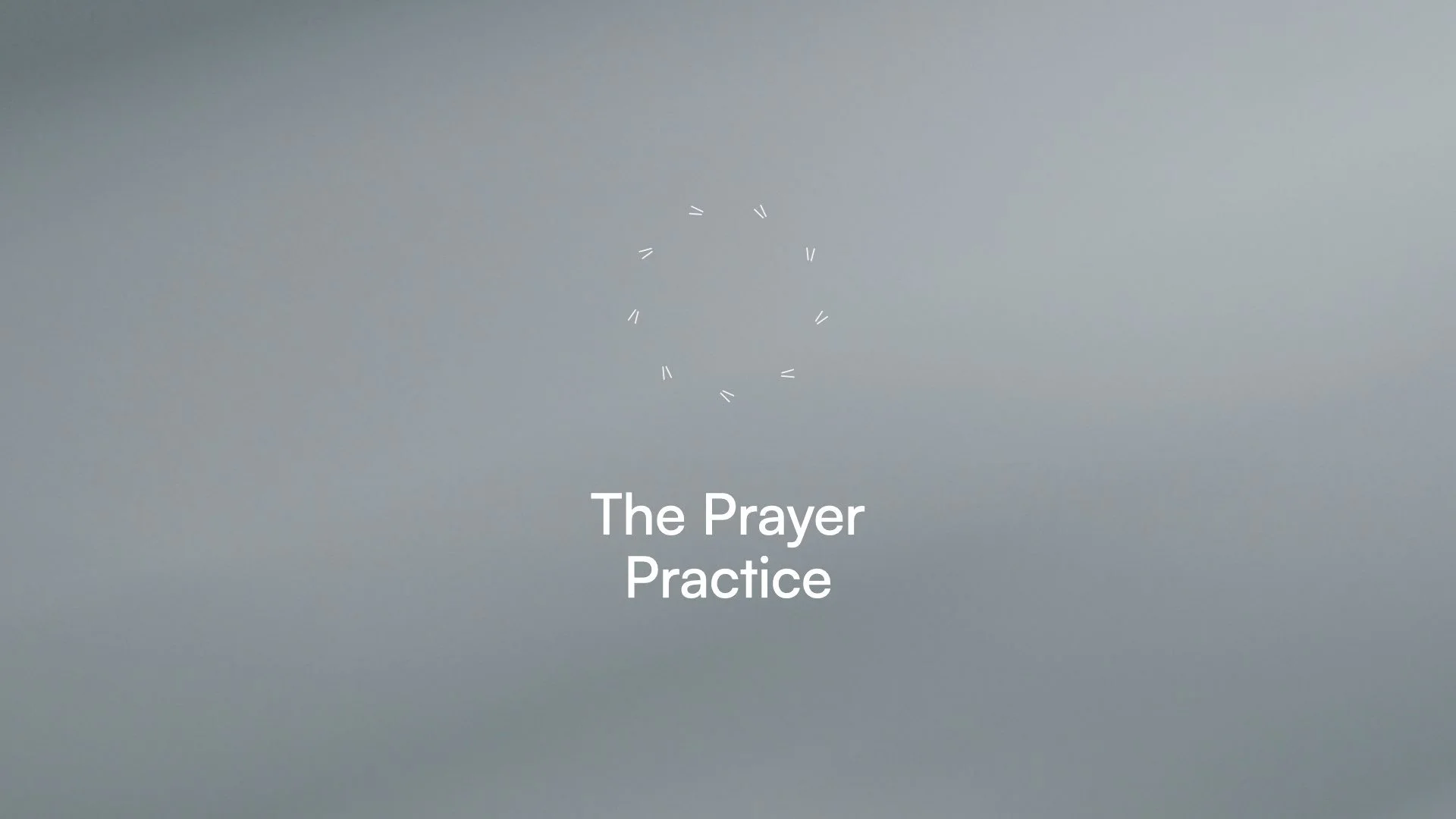
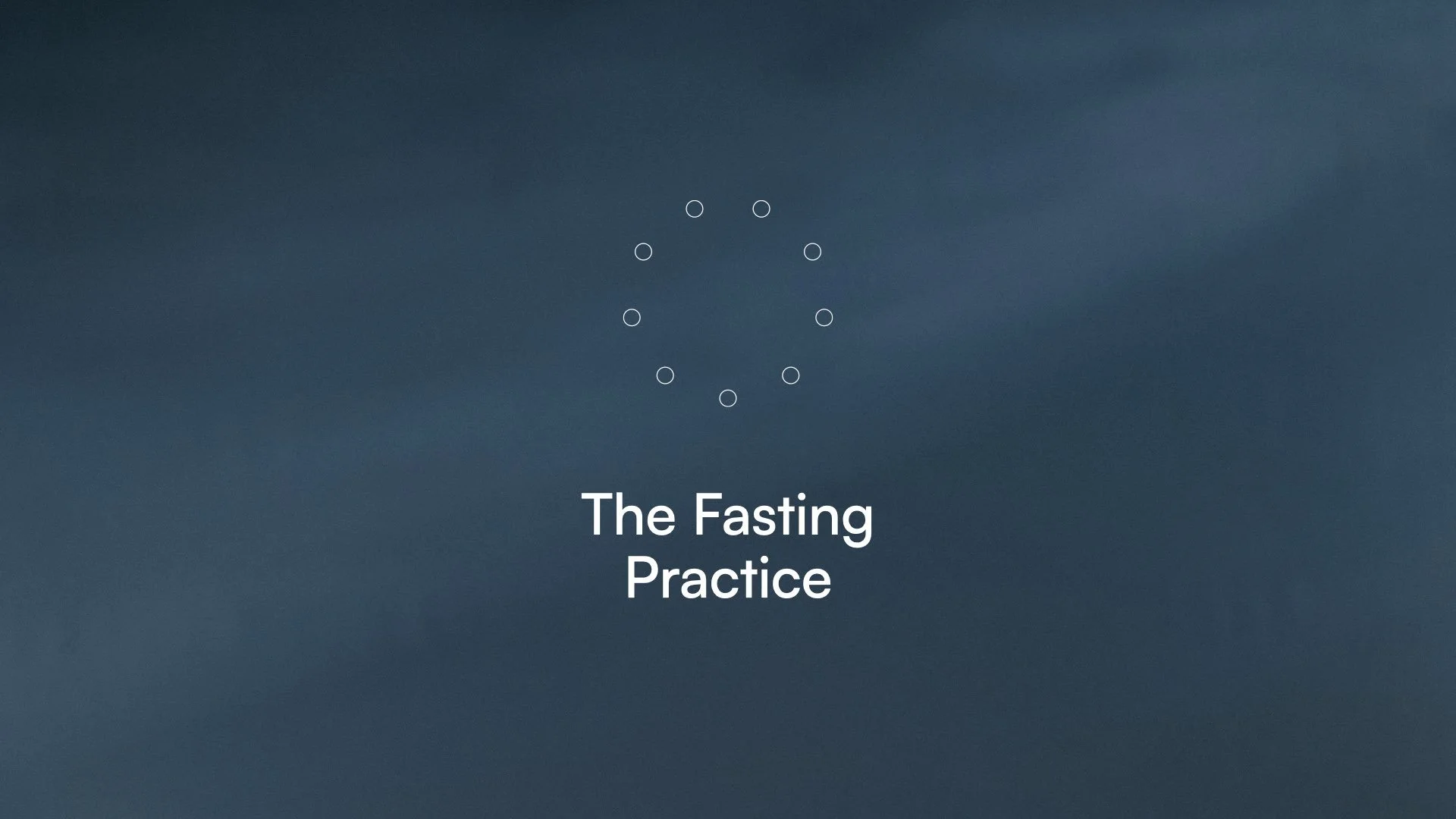
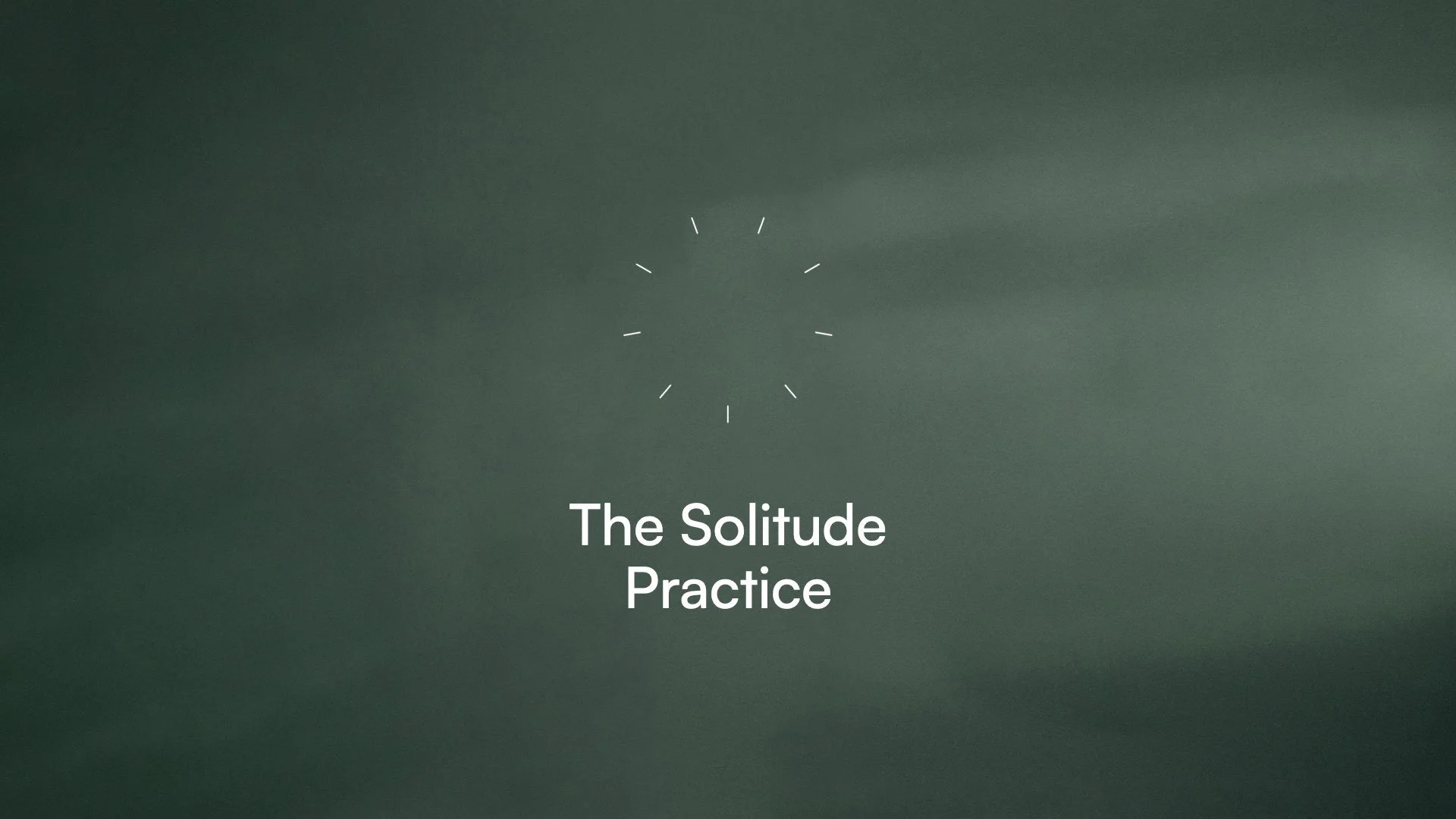
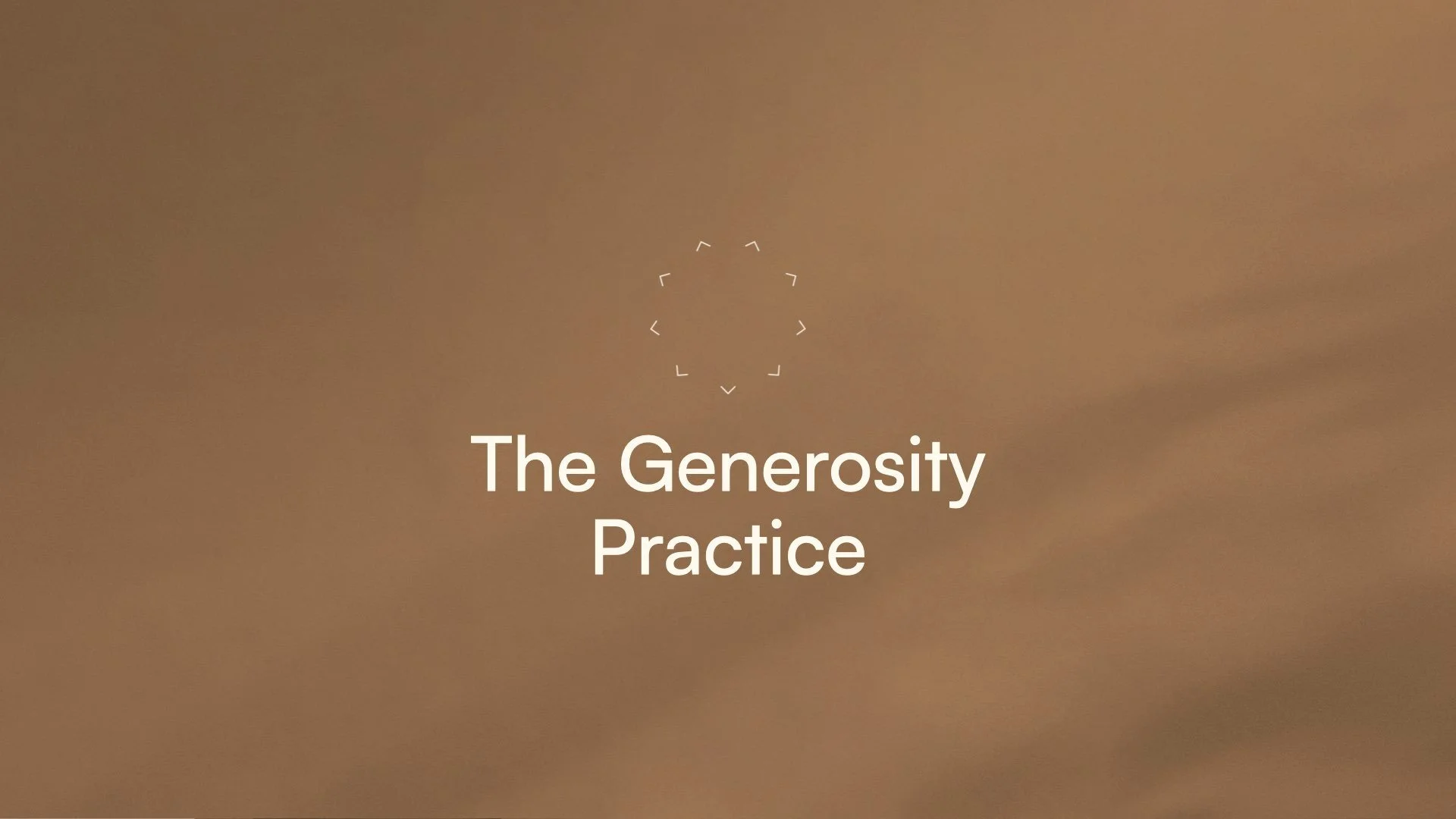
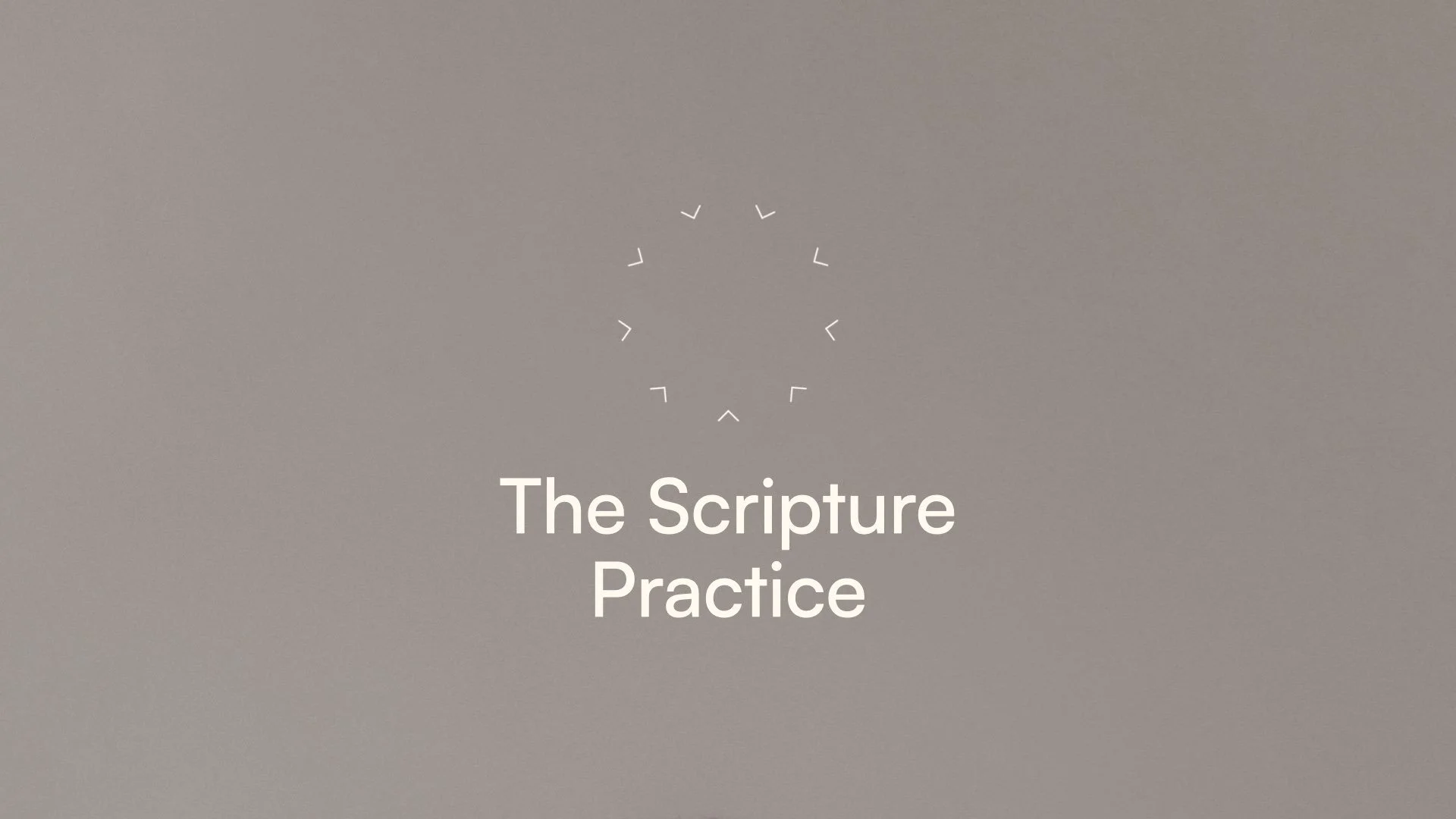



Practicing the Way - Intro
Practicing the Way
Nine Ancient Practices that root us & deepen our experience of God as we serve our world
Practicing the Way - Intro
Practicing the Way
Nine Ancient Practices that root us & deepen our experience of God as we serve our world
Practicing the Way
Nine Ancient Practices that root us & deepen our experience of God as we serve our world
Introduction
““Walk with me and work with me – watch how I do it. Learn the unforced rhythms of grace””
Practicing the Way is a teaching series that exploring nine ancient practices of the way of Jesus that promise to help root us in the faith and deepen our experience of God as we serve our world.
When practiced regularly these keystone habits can powerfully guide our journey of spiritual growth, creating a Rule of Life that helps us become more like Christ, transformed into the people we were created to be.
How the series will work
The series will teach nine practices.
Each practice has four parts taught over four Sundays and occasionally we will add a bonus fifth Sunday for Q&A.
Table Groups will discuss the teaching each week explore ideas on how to put into practice.
Want to go deeper? You can download the Digital Companion Guide (PDF) for each practice that contains lots of additional resources, reading and ideas for those wanting to explore each practice further.
Where to Begin
Begin with reading ‘A Rule of Life’ then select a practice below or simply scroll.

Practicing the Way - Rule of Life
A Rule of Life
Practicing the Way - Rule of Life
A Rule of Life
A Rule of Life
A Rule of Life is a schedule and set of practices and relational rhythms that help us create space in our busy world for us to be with Jesus, become like Jesus, and do what Jesus did—to live “to the full” (John 10v10) in his kingdom, and in alignment with our deepest passions and priorities.
A Trellis for the Soul
“A rule of life is a way of intentionally ordering our everyday so that we love God and others and see every component of our lives as holy. This ‘rule’ doesn’t mean a set of rules. It’s more a set of practices, relationships and commitments that are inspired by the spirit for the sake of our wholeness in Christ”
The word “rule” may strike you as a strict or binding constraint but the Latin word we translate “rule” was originally the word for a trellis in a vineyard. In the same way a vine needs a trellis to lift it off the ground so it can bear the maximum amount of fruit, and keep free of predators and diseases, we need a rule as a kind of support structure to organise our life around “abiding in the vine,” ( John 15v1–8) as Jesus imagined.
In the same way a, followers of Jesus need a trellis, a support structure for our discipleship to Jesus that guards and guides our lives into transformation into union with God.
It’s been said that we achieve inner peace when our schedule is aligned with our values. A rule of life is simply a tool to that end. Rather than a rigid, legalistic to-do list, it’s an intentional way of living simply, slowly, lovingly…. a life-giving structure for freedom, growth, and joy.
Rule of Life Podcast
The Rule of Life podcast is designed to guide you in arranging your everyday life around being with and becoming like Jesus.
Each season releases alongside one of the practices and in it you'll hear from pastors, thought leaders, and everyday apprentices of Jesus, all hosted by John Mark Comer and produced by Practicing the Way.
Practicing the Way Podcast
A new podcast by Practicing the Way.
In season one, John Mark Comer and Tyler Staton discuss apprenticeship to Jesus, what it means in everyday terms to be with him, become like him, and do as he did, and how to make space for your spiritual life to flourish by building a personalised Rule of Life.

Practicing the Way - Sabbath
Practicing the Way - Sabbath
Sabbath
Our first practice is Sabbath — a day of rest by which we cultivate a spirit of restfulness in all of our life.
Teachings
ADDITIONAL RESOURCES
Sabbath Companion Guide
Practicing the Way is taught on Sundays and then discussed & practiced in Table Groups. Everything you need is found in this Sabbath Companion Guide — perfect for going further in your learning and discovering additional resources and ideas to inspire your practice.

Practicing the Way - Prayer
Practicing the Way - Prayer
Prayer
Our second practice is Prayer, the medium through which we communicate and commune with God. The practice of prayer is learning to set aside dedicated time to intentionally be with God, in order to become like him and partner with him in the world.
Teachings
ADDITIONAL RESOURCES
Prayer Companion Guide
Practicing the Way is taught on Sundays and then discussed & practiced in Table Groups. Everything you need is found in this Prayer Companion Guide — perfect for going further in your learning and discovering additional resources and ideas to inspire your practice.
Prayer Tips
Father Ronald Rolheiser has 7 Easy Tips for Personal Prayer to help you enter honestly and deeply into prayer, setting aside anxiety and distraction as you allow God's love to shape

Practicing the Way - Fasting
Practicing the Way - Fasting
Fasting
Fasting is one of the most essential and powerful of all the practices of Jesus and, arguably, the single most neglected one in the modern, Western church. The Fasting Practice will train you in this ancient discipline, integrating your whole body into life with God.
As powerful as the mind is, because we are holistic beings, we can’t simply think our way into spiritual maturity. Our discipleship to Jesus must take seriously our body, as it is “the temple of the Holy Spirit” — a home where we make room for God to dwell. Most of us are used to approaching our spiritual formation and life with God through the door of our mind — by thinking, talking, praying, reading, or hearing teaching and preaching. But very few of us are comfortable approaching our spiritual formation through our stomach, or our body as a whole.
Our third practice is Fasting, one of the best disciplines we have to reintegrate our mind to our body, and offer our whole selves to God in surrender.
Teachings
ADDITIONAL RESOURCES
Fasting Companion Guide
Practicing the Way is taught on Sundays and then discussed & practiced in Table Groups. Everything you need is found in this Fasting Companion Guide — perfect for going further in your learning and discovering additional resources and ideas to inspire your practice.

Practicing the Way - Solitude
Practicing the Way - Solitude
Solitude
In an increasingly distracted and noisy world, we need solitude more than ever. The practice of solitude mimics Jesus’ rhythm of retreat and return: retreat from people and distractions to be with God, in order to return to community in love and service.
Teachings
Additional Resources
Go Deeper with Solitude
Practicing the Way is taught on Sundays and then discussed & practiced in Table Groups. Everything you need is found in this Solitude Companion Guide — perfect for going further in your learning and discovering additional resources and ideas to inspire your practice.

Practicing the Way - Generosity
Practicing the Way - Generosity
Generosity
The Generosity recordings are unavailable due to technical issues. We hope to resolve this soon.

Practicing the Way - Scripture
Practicing the Way - Scripture
Scripture
How do we read Scripture in the age of scrolling and skimming? The library we call “the Bible” can connect us to God and change who we are, but distraction, hurry, and confusion can hinder our experience with these ancient texts. Rediscover how to engage Scripture as an apprentice to Jesus.
Teachings
Additional Resources
Go Deeper with Scripture
Practicing the Way is taught on Sundays and then discussed & practiced in Table Groups. Everything you need is found in this Scripture Companion Guide — perfect for going further in your learning and discovering additional resources and ideas to inspire your practice.
Bible Commentaries & Study Guides
Bible Project (Free Video, Audio & Written Resources)
Tom Wright For Everyone Series (Bible Commentaries)
The Bible for Normal People (Podcast & Bible Commentaries)
Bibles
Books about how to read and understand the scriptures
Beginner-Friendly
Eat this Book: The Art of Spiritual Reading by Eugene Peterson
The Bible Tells Me So: Why defending Scripture has made us unable to read it by Peter Enns
Intermediate
A More Christlike Word: Reading Scripture the Emmaus Way by Bradley Jersak
The Bible Made Impossible: Why Biblicism Is Not a Truly Evangelical Reading of Scripture by Christian Smith
Re-enchanting the Text: Discovering the Bible as Sacred, Dangerous and Mysterious by Cheryl Bridges Johns
Advanced
Scripture and the Authority of God by Tom Wright

Practicing the Way - Community
The Community Practice
In a lonely, fractured culture, Jesus offers a new kind of family.
Despite the unprecedented connectivity of the modern era, genuine community is vanishing.Isolation, transience, and superficiality can sabotage our formation into people of mature love. But through Jesus, we enter a new kind of family that offers intimacy, joy, healing, and commitment.
We’ll be back in 2026 with our 7th practice in the Practicing the Way series; community.
Practicing the Way - Community
The Community Practice
In a lonely, fractured culture, Jesus offers a new kind of family.
Despite the unprecedented connectivity of the modern era, genuine community is vanishing.Isolation, transience, and superficiality can sabotage our formation into people of mature love. But through Jesus, we enter a new kind of family that offers intimacy, joy, healing, and commitment.
We’ll be back in 2026 with our 7th practice in the Practicing the Way series; community.


